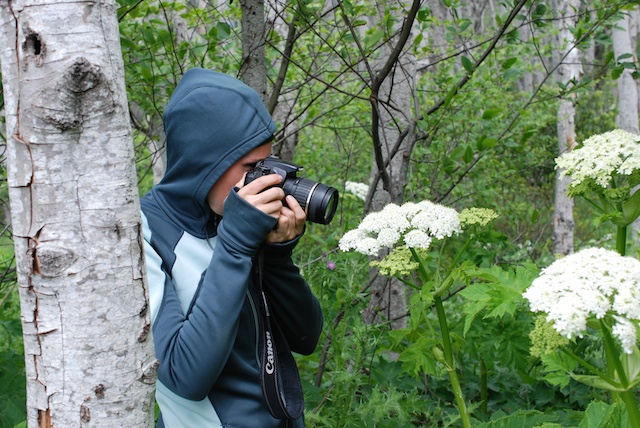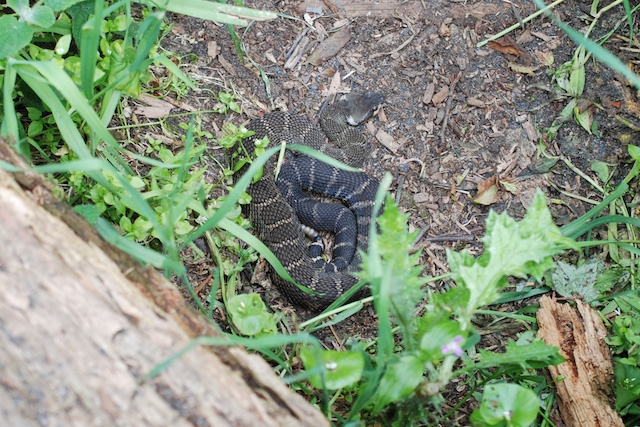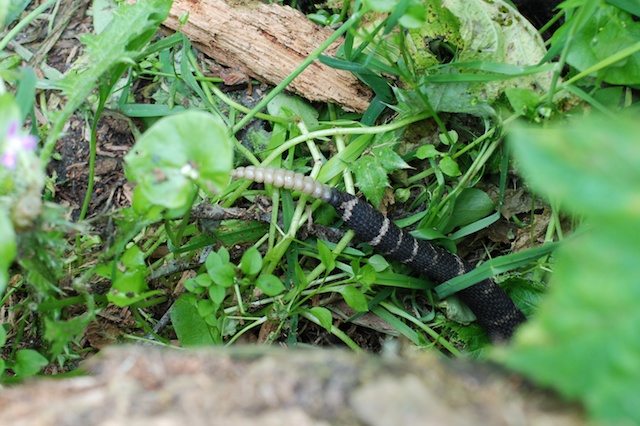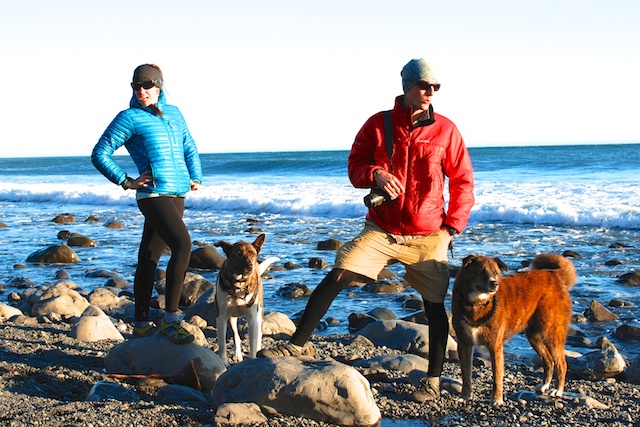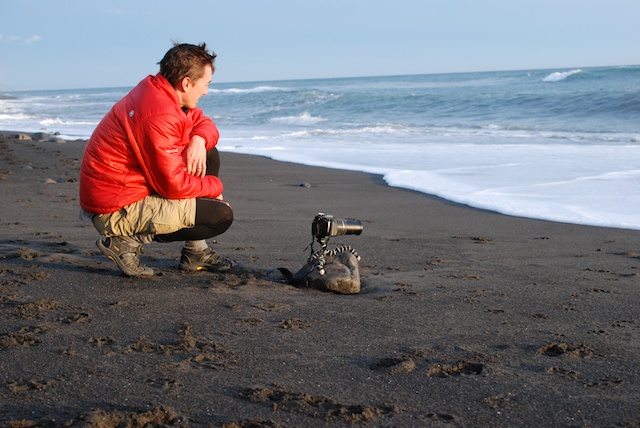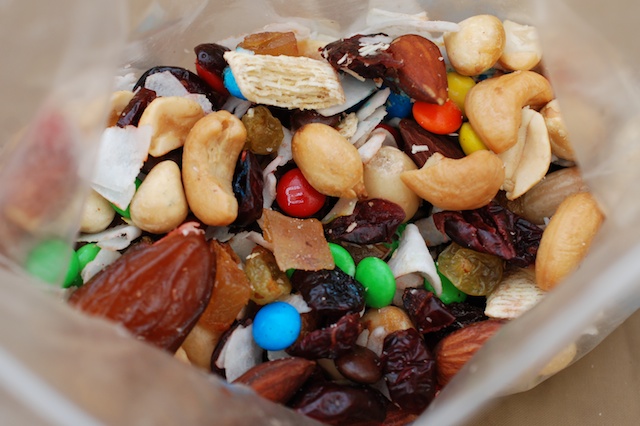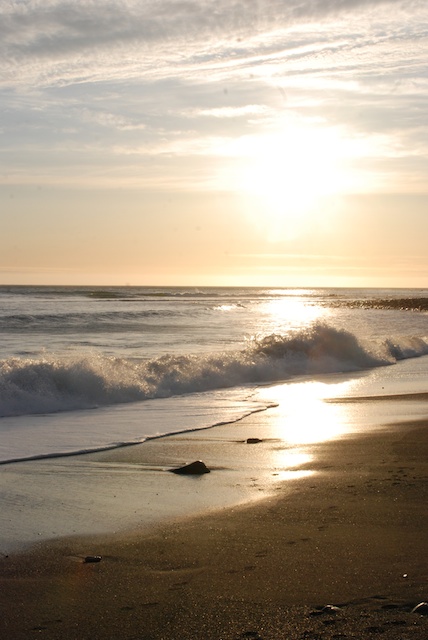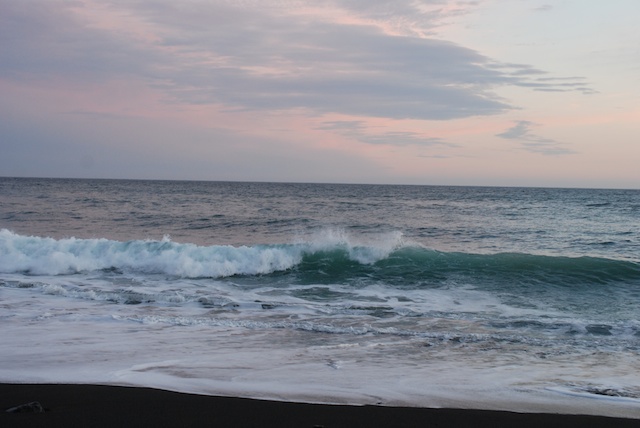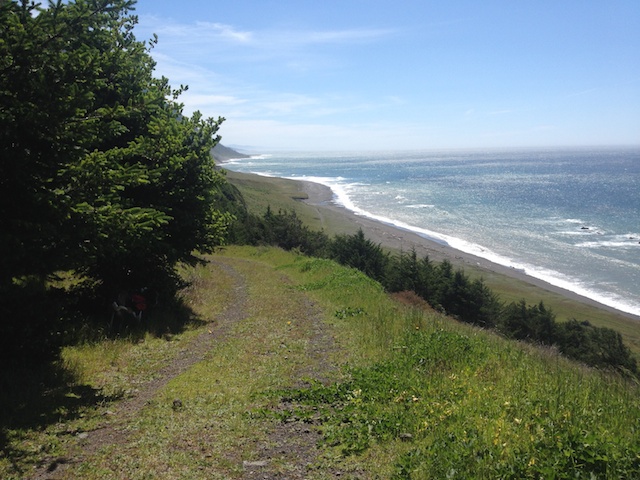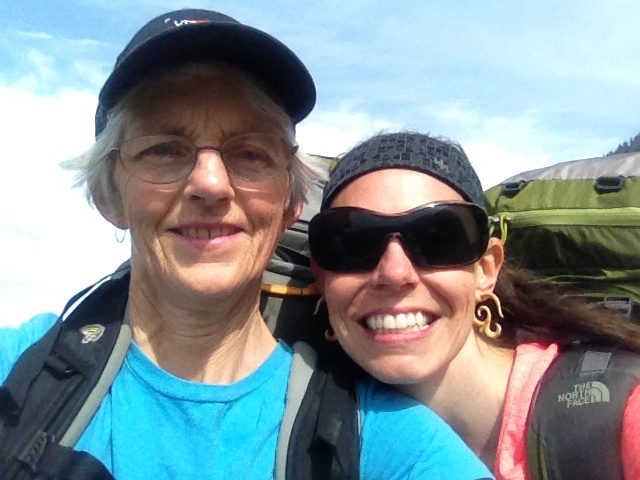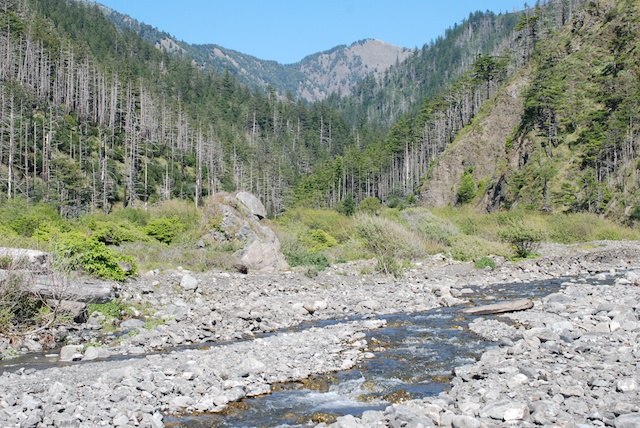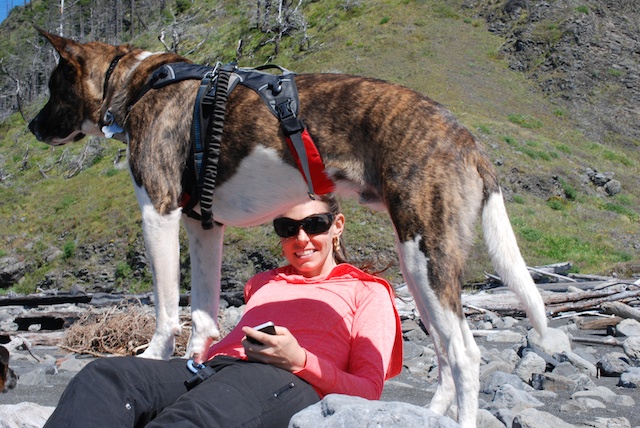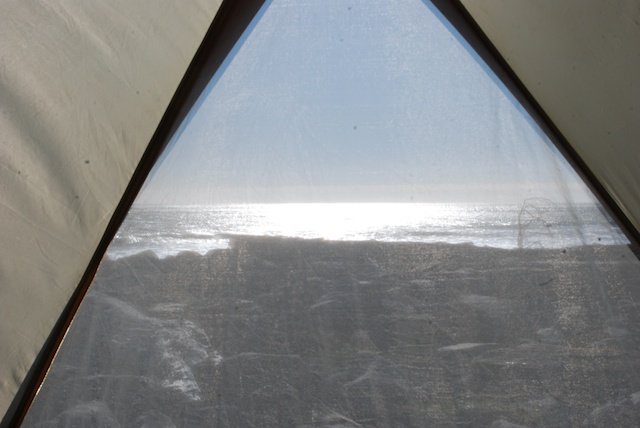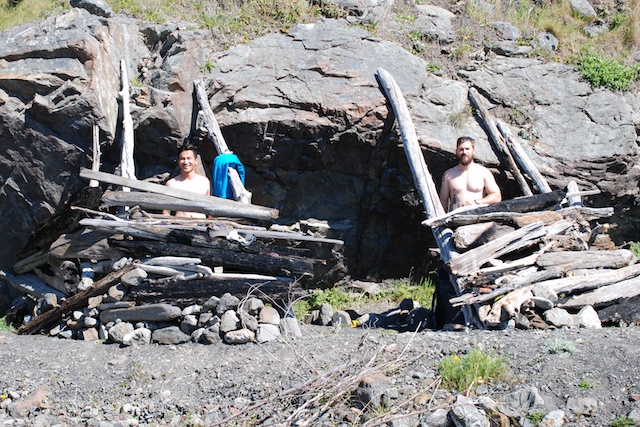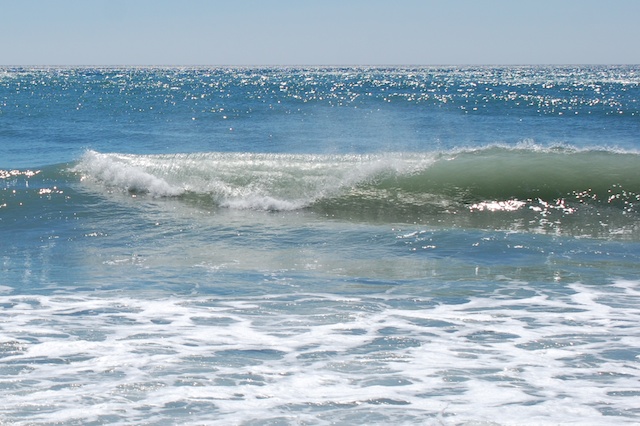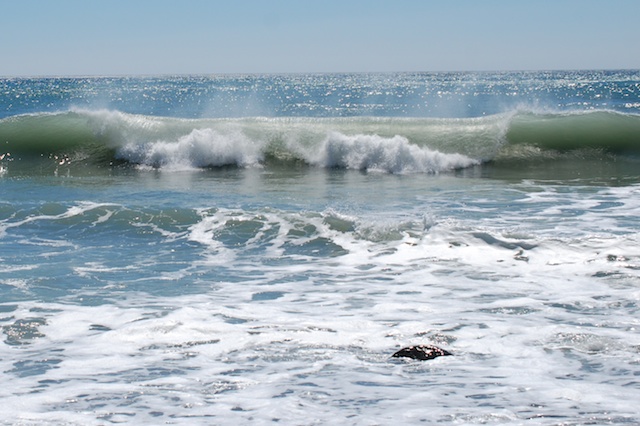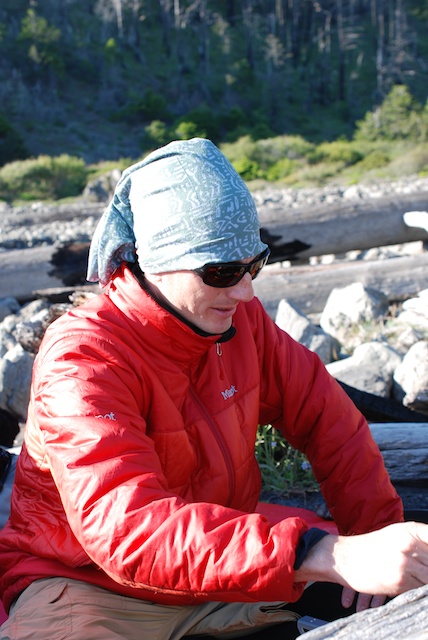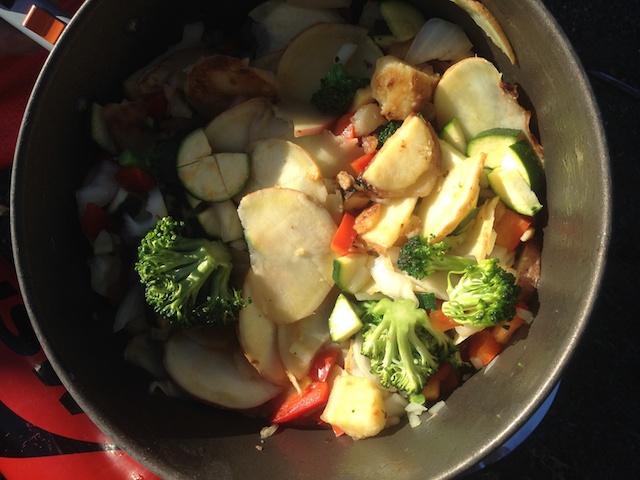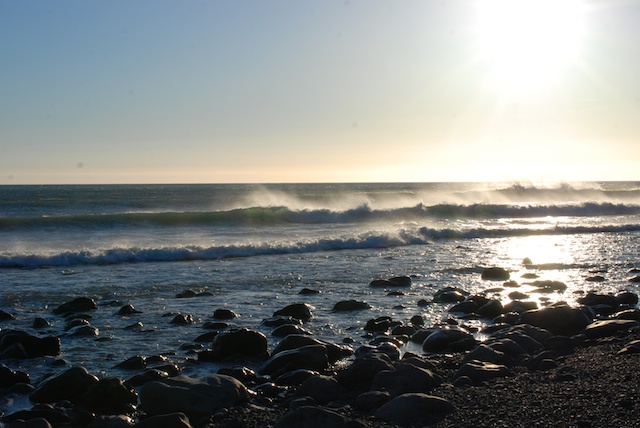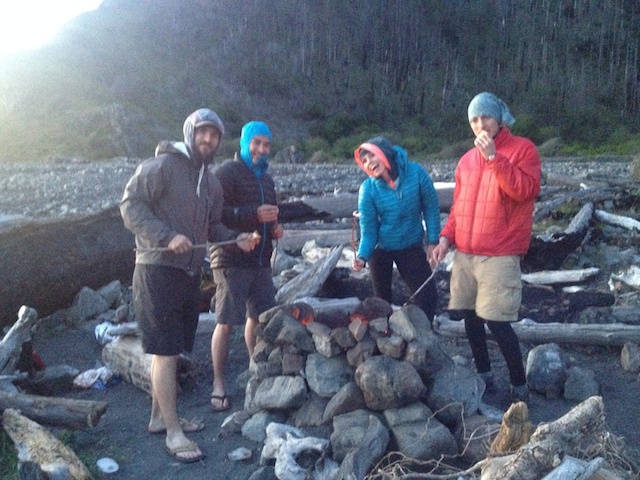Road Trip - 2nd half of Day 8 - Oregon
/After touring Pendleton Woolen Mill we got on the road again. Just as we were getting on the freeway to head west we saw this scene: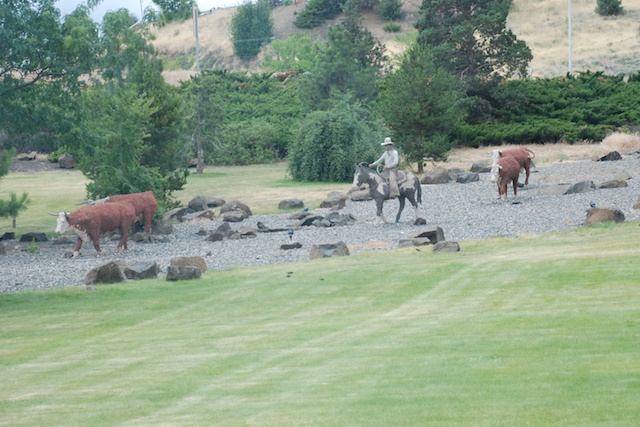 Herding cattle next to the freeway and across lawn? Look again.
Herding cattle next to the freeway and across lawn? Look again.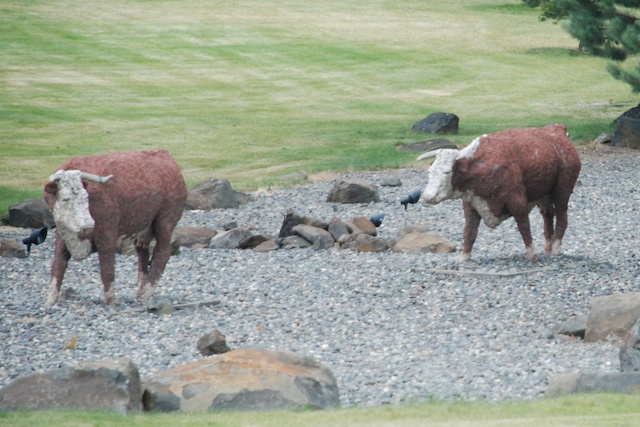 These are beautifully made full-size sculptures.
These are beautifully made full-size sculptures.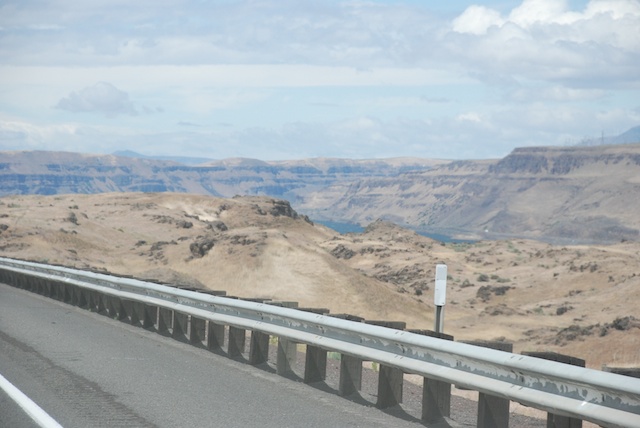 Not far from Pendleton Highway 84 meets up with and then follows the Columbia River.
Not far from Pendleton Highway 84 meets up with and then follows the Columbia River.  We followed the Columbia River. This is the John Day Lock and Dam.
We followed the Columbia River. This is the John Day Lock and Dam. In some places we saw windsurfers on the river, but elsewhere there were huge barges. I don't have photos but we also saw several bighorn sheep on the rocky cliffs just south of the highway in this area.
In some places we saw windsurfers on the river, but elsewhere there were huge barges. I don't have photos but we also saw several bighorn sheep on the rocky cliffs just south of the highway in this area. 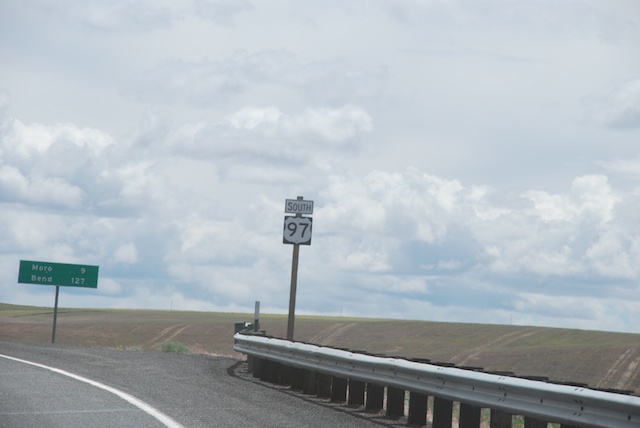 We turned south onto Highway 97 which would take us all the way to California.
We turned south onto Highway 97 which would take us all the way to California. More stunning landscape, sky and wide, open spaces.
More stunning landscape, sky and wide, open spaces. Rolling hills of wheat.
Rolling hills of wheat.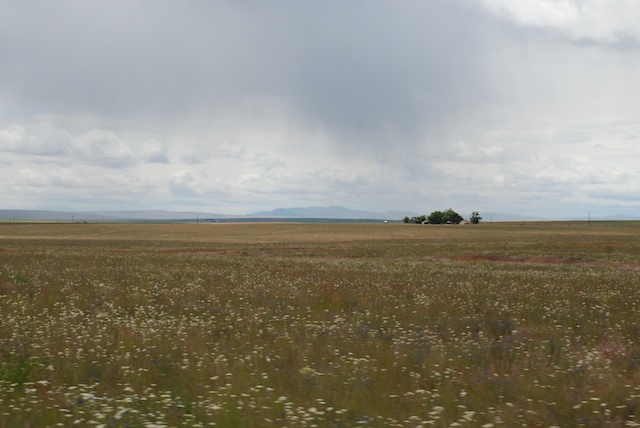 Isolated ranches and distant mountains.
We passed the town of Shaniko (population of 36 at 2010 census) which was known in 1900 as the Wool Capitol of the World. The largest landowner at the time was R.R. Hinton who had first homesteaded in the 1870's and continued to purchase land until his Imperial Stock Ranch became the largest individually owned ranch in Oregon. The Imperial Stock Ranch eventually ran 35,000 head of sheep in 12-14 bands that would winter on the home ranch and be trailed to summer range on Forest Service land. Hinton was involved in breeding programs that led to the one of the first sheep breeds developed in the U.S., the large-framed, fine-wooled Columbia sheep, originating from Lincoln and Rambouillet ancestors. The newly formed town of Shaniko (built as the railroad reached the area) was less than 15 miles from the Imperial Stock Ranch's headquarters, and its wool warehouse shipped 4 million pounds of wool by rail in 1901.
Isolated ranches and distant mountains.
We passed the town of Shaniko (population of 36 at 2010 census) which was known in 1900 as the Wool Capitol of the World. The largest landowner at the time was R.R. Hinton who had first homesteaded in the 1870's and continued to purchase land until his Imperial Stock Ranch became the largest individually owned ranch in Oregon. The Imperial Stock Ranch eventually ran 35,000 head of sheep in 12-14 bands that would winter on the home ranch and be trailed to summer range on Forest Service land. Hinton was involved in breeding programs that led to the one of the first sheep breeds developed in the U.S., the large-framed, fine-wooled Columbia sheep, originating from Lincoln and Rambouillet ancestors. The newly formed town of Shaniko (built as the railroad reached the area) was less than 15 miles from the Imperial Stock Ranch's headquarters, and its wool warehouse shipped 4 million pounds of wool by rail in 1901.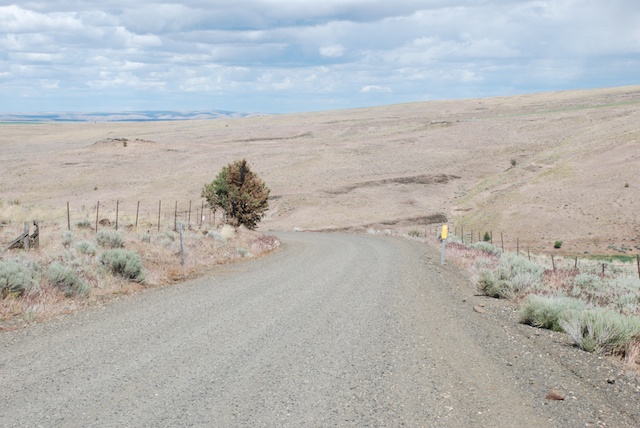 Imperial Stock Ranch is now owned by Dan and Jeannie Carver and they have developed the Imperial Yarn Company using Columbia wool produced on the ranch and elsewhere in the state. This is some of my favorite yarn in the shop and I have recently been using it to weave blankets. Since we were going to be driving through this part of Oregon I had asked if we could visit the ranch. The photo above is the road into the headquarters.
Imperial Stock Ranch is now owned by Dan and Jeannie Carver and they have developed the Imperial Yarn Company using Columbia wool produced on the ranch and elsewhere in the state. This is some of my favorite yarn in the shop and I have recently been using it to weave blankets. Since we were going to be driving through this part of Oregon I had asked if we could visit the ranch. The photo above is the road into the headquarters. 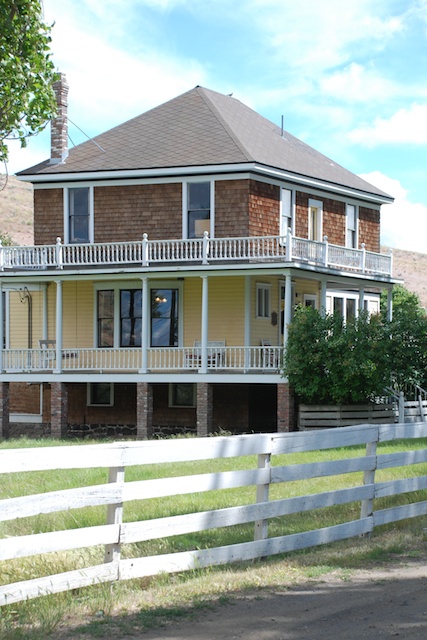
Keelia, lives on the ranch and was there to show us around the headquarters. This is the house built by R.R. Hinton, now headquarters of the Yarn Company.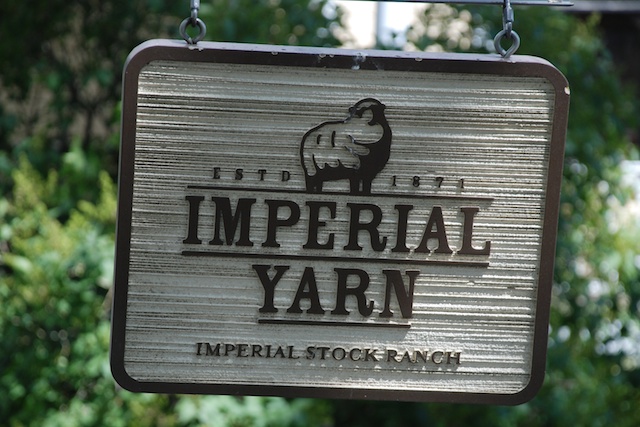 The headquarters complex has been entered into the National Register of Historic Places and the history of the buildings and the Hinton family are available for review.
The headquarters complex has been entered into the National Register of Historic Places and the history of the buildings and the Hinton family are available for review.
The grain silo. See the detail of the construction below. 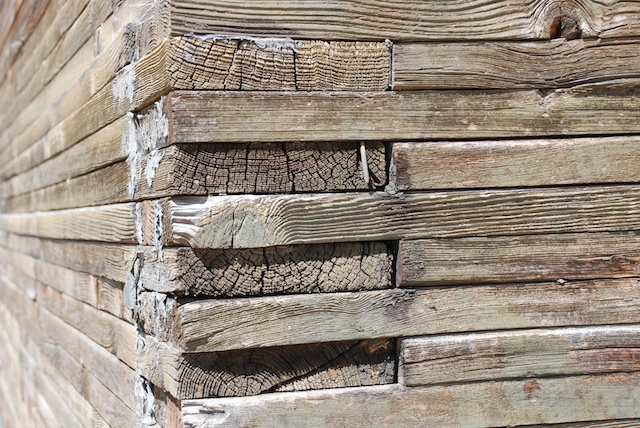 This is one sturdy building. We also saw the shearing shed and other buildings that are still in use.
This is one sturdy building. We also saw the shearing shed and other buildings that are still in use.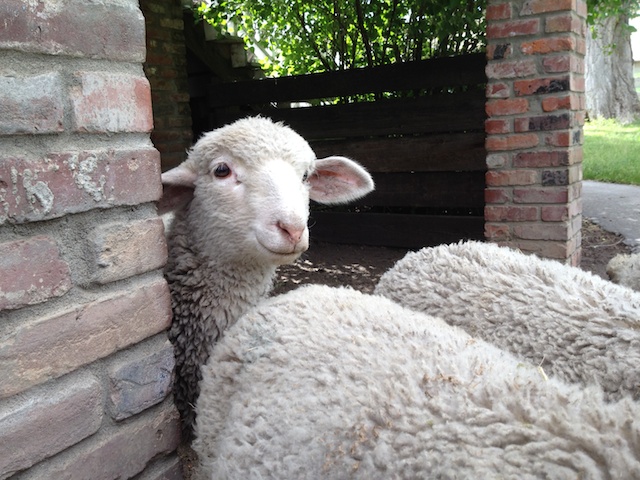 A few bottle lambs hand out under the house to greet visitors.
A few bottle lambs hand out under the house to greet visitors. As we left the ranch headquarters some of the sheep were near enough the road to get some photographs of them in this majestic setting.
As we left the ranch headquarters some of the sheep were near enough the road to get some photographs of them in this majestic setting.

 Back on the road on the last leg of the trip.
Back on the road on the last leg of the trip.
Next post: California's scenery isn't too shabby either. Mt. Shasta and home.
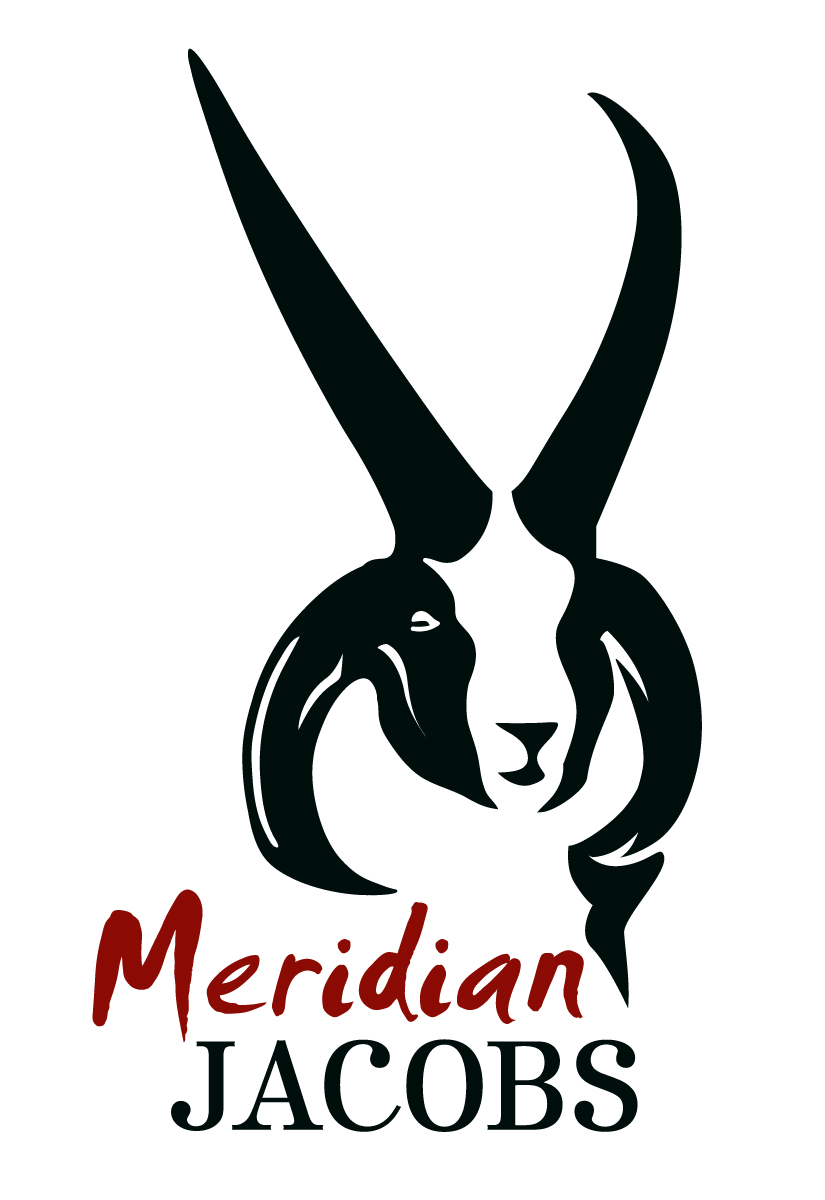
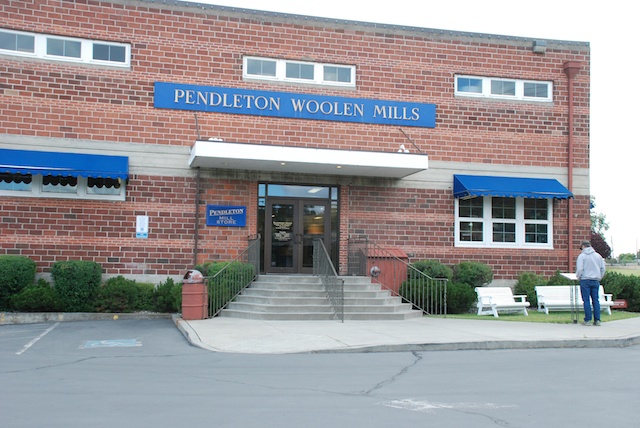
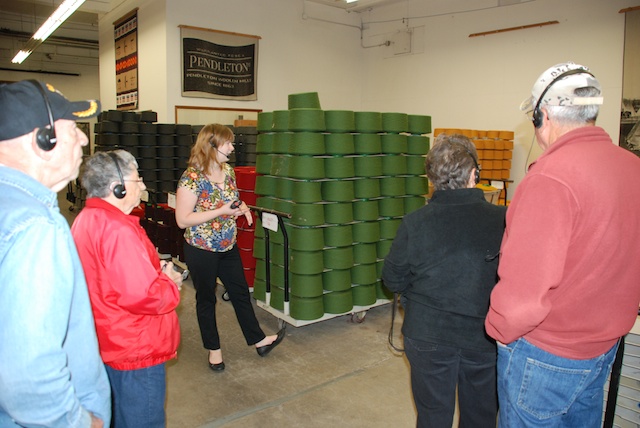 There were about a dozen people there for the tour even at 9 a.m. on a Monday morning. It was interesting to see the workings of the mill but now I have a lot of unanswered questions. We all wore headsets so that we could hear the tour guide over noise of the mill machinery but that meant that there was no opportunity to ask questions while we were walking. And the tour was fast. I would have liked to stop and watch what was going on with each loom. Now that I'm looking at my photos I realize that I have even more questions about what I was seeing. I guess I'll just have to go back!
There were about a dozen people there for the tour even at 9 a.m. on a Monday morning. It was interesting to see the workings of the mill but now I have a lot of unanswered questions. We all wore headsets so that we could hear the tour guide over noise of the mill machinery but that meant that there was no opportunity to ask questions while we were walking. And the tour was fast. I would have liked to stop and watch what was going on with each loom. Now that I'm looking at my photos I realize that I have even more questions about what I was seeing. I guess I'll just have to go back! The Mill uses Rambouillet wool from Oregon and surrounding states and Merino wool from New Zealand and Australia. The wool is scoured in Texas and then comes to Oregon for spinning and weaving. The carding and spinning equipment was on the second floor. That room was quite humid. The guide told us that high humidity lessons the quantity of airborne particles so employees don't have to wear dust masks. Now I wonder if that is the main reason for the humidity or if it makes carding and spinning more efficient (or both). The photo above shows the carding equipment operating behind plexiglass.
The Mill uses Rambouillet wool from Oregon and surrounding states and Merino wool from New Zealand and Australia. The wool is scoured in Texas and then comes to Oregon for spinning and weaving. The carding and spinning equipment was on the second floor. That room was quite humid. The guide told us that high humidity lessons the quantity of airborne particles so employees don't have to wear dust masks. Now I wonder if that is the main reason for the humidity or if it makes carding and spinning more efficient (or both). The photo above shows the carding equipment operating behind plexiglass.
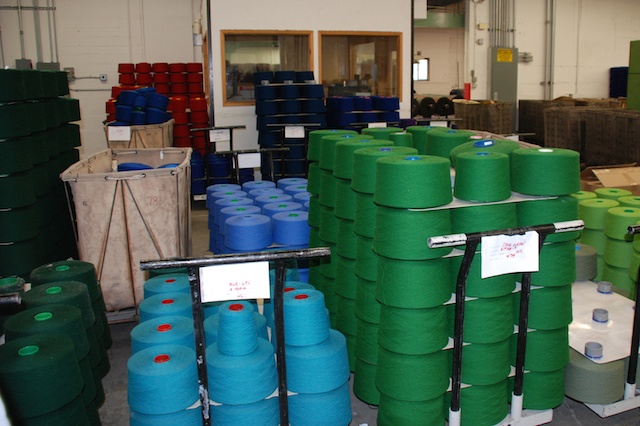
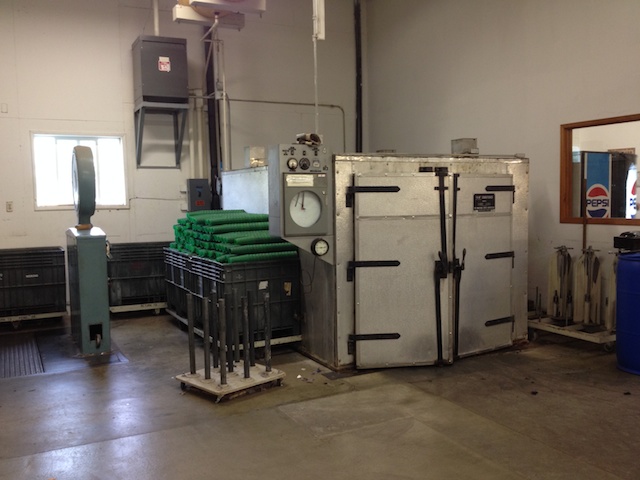

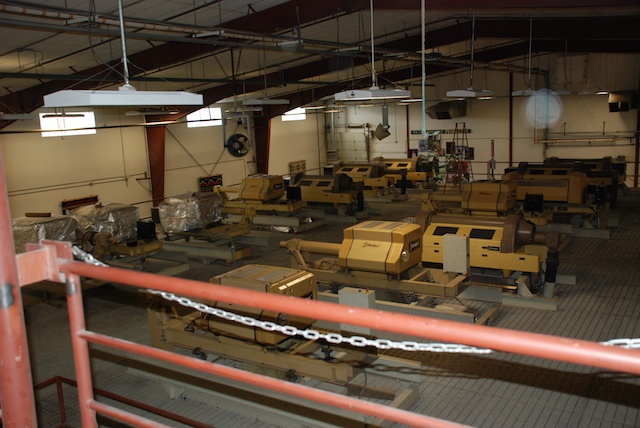

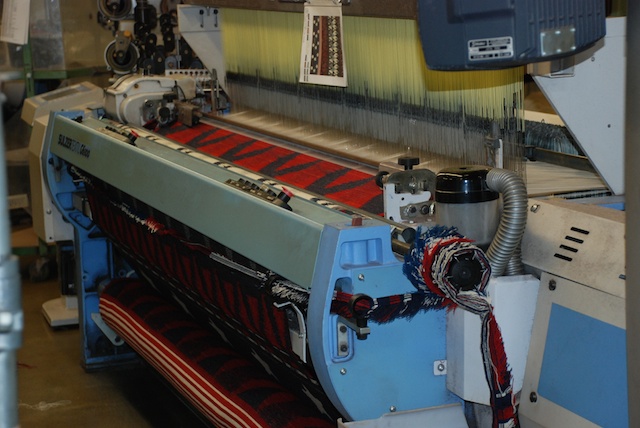
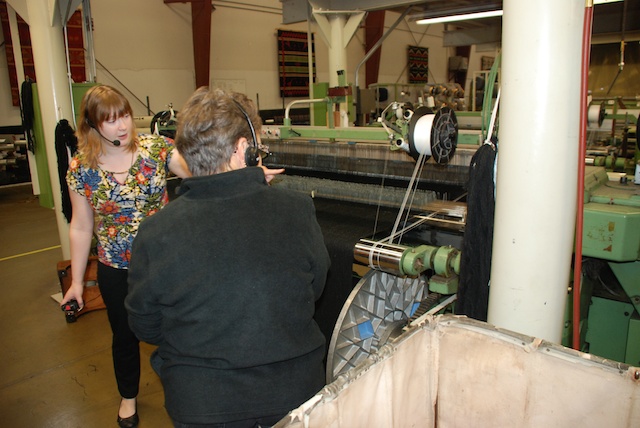
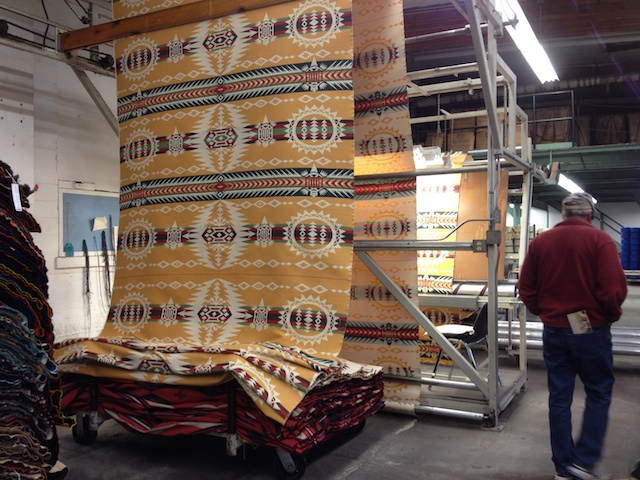
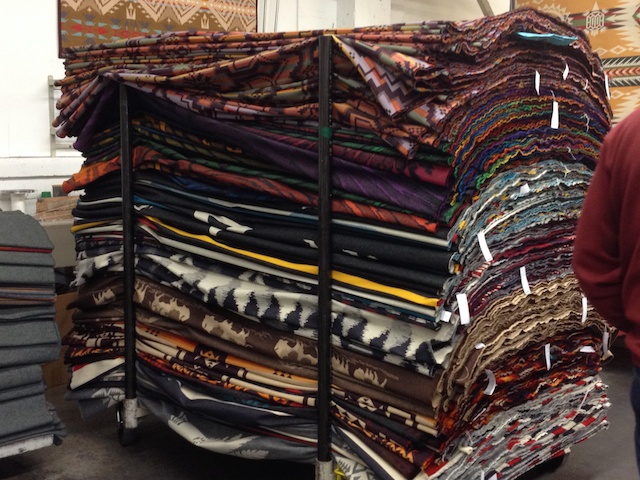






 We were entertained by following our map books. We started out with California and Nevada. I think we picked up Idaho somewhere on the way. Later we found Montana and Wyoming in a used bookstore in Jackson, WY. Eventually we found Oregon in a bookstore in Pendleton. We found these books to be a way to keep the travel interesting even in the broad stretches of "nothing" in the high desert landscapes. There are always geological formations, land features, mines or mountain-tops with names and the books offer much more detail as far as land ownership and dirt roads than regular road maps. The books came in particularly useful when we wanted to camp along the way and find roads into Forest Service land. (Yes, I also have an iPhone and I use it, but there is not always service and sometimes it's just easier to see the whole thing on one page.)
We were entertained by following our map books. We started out with California and Nevada. I think we picked up Idaho somewhere on the way. Later we found Montana and Wyoming in a used bookstore in Jackson, WY. Eventually we found Oregon in a bookstore in Pendleton. We found these books to be a way to keep the travel interesting even in the broad stretches of "nothing" in the high desert landscapes. There are always geological formations, land features, mines or mountain-tops with names and the books offer much more detail as far as land ownership and dirt roads than regular road maps. The books came in particularly useful when we wanted to camp along the way and find roads into Forest Service land. (Yes, I also have an iPhone and I use it, but there is not always service and sometimes it's just easier to see the whole thing on one page.)













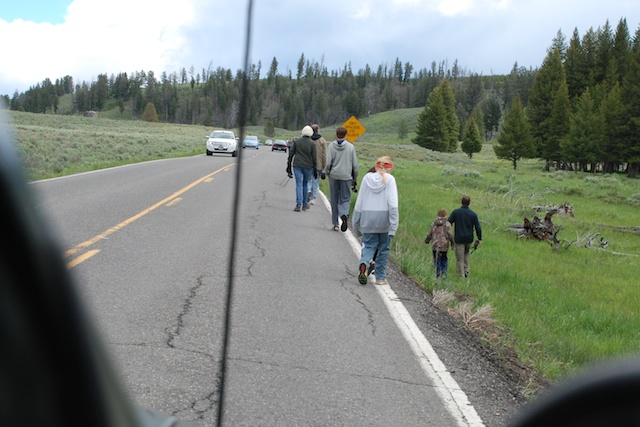

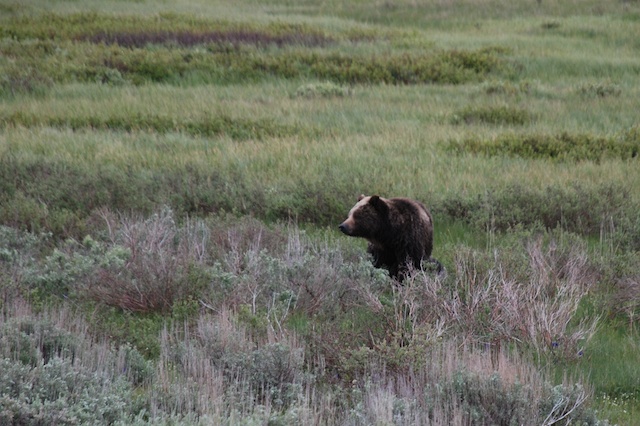
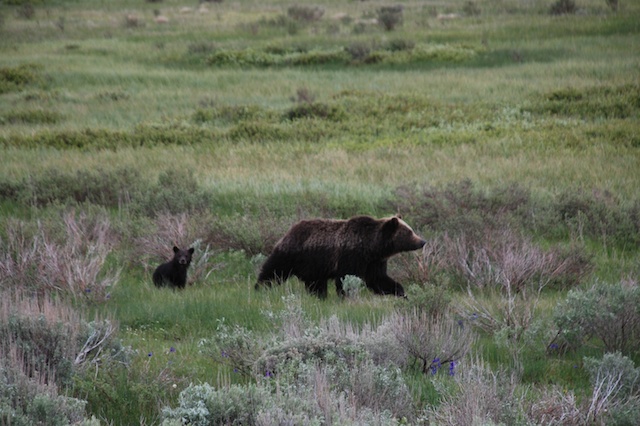
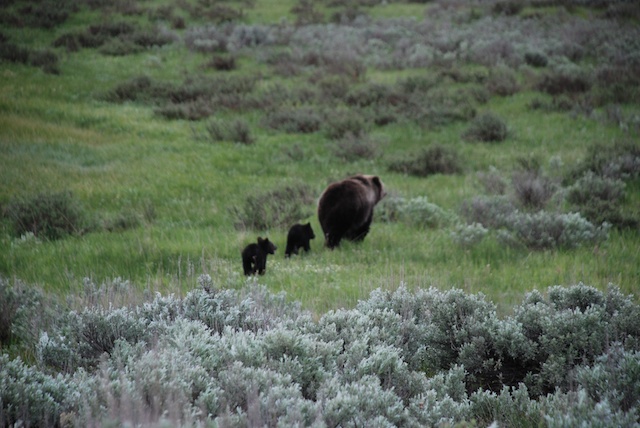


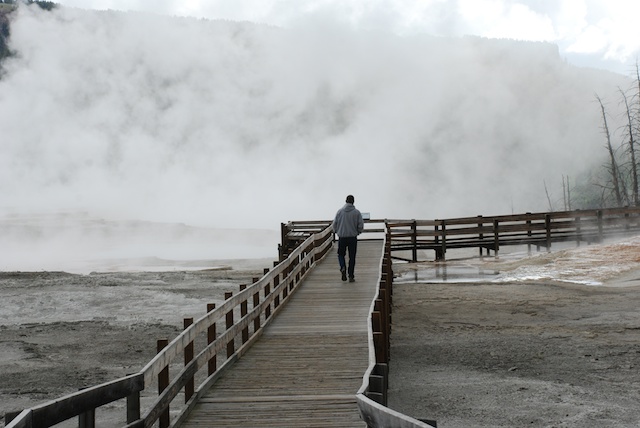



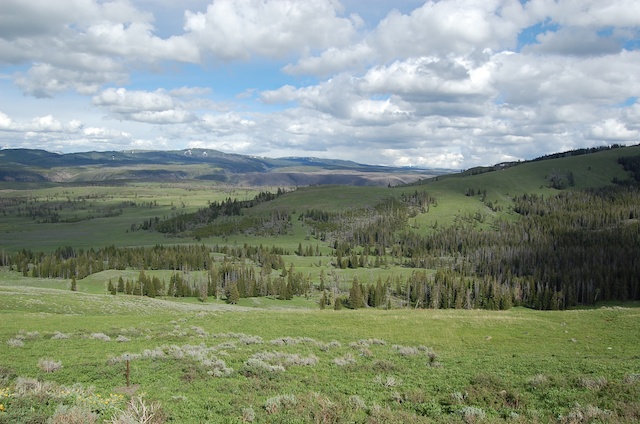





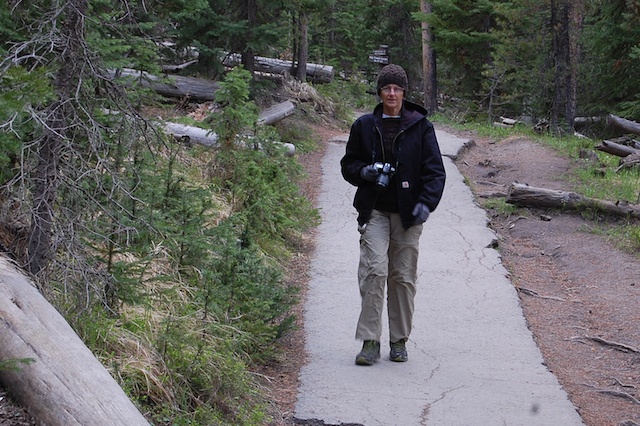
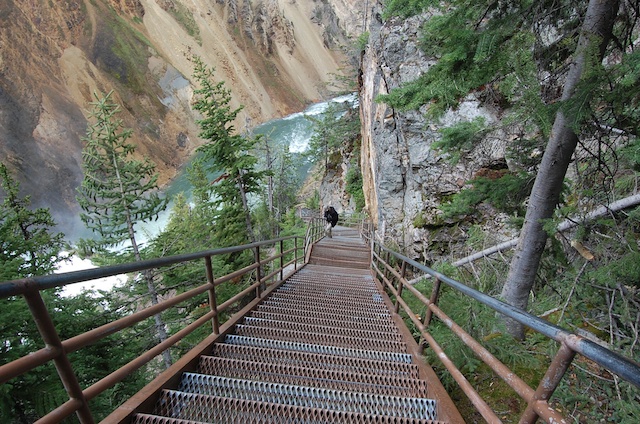
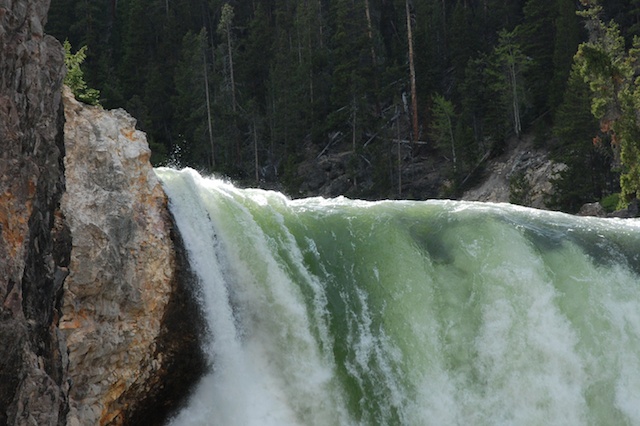
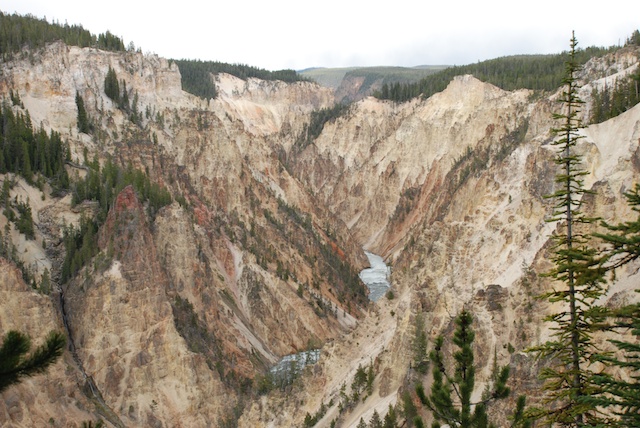
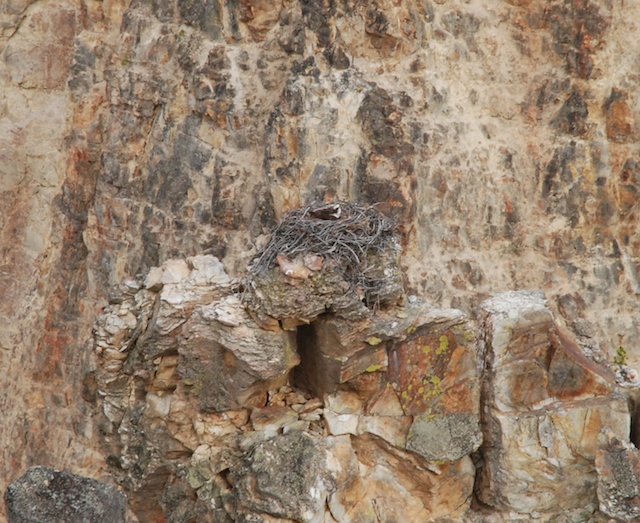
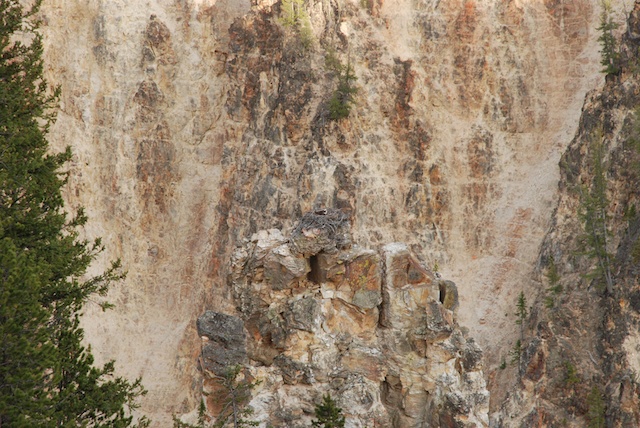

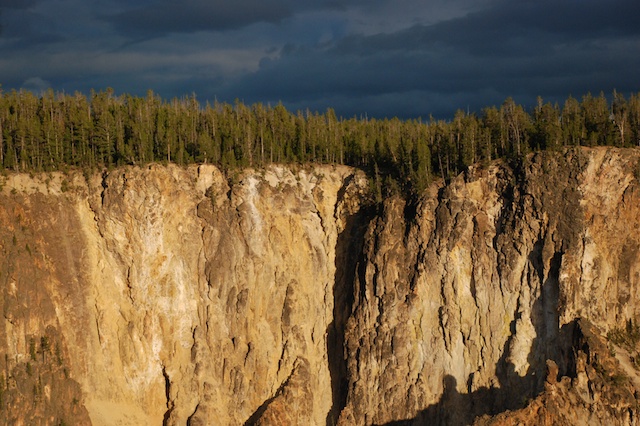
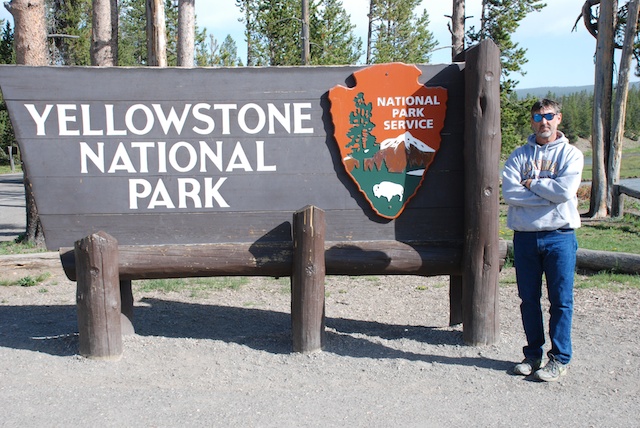

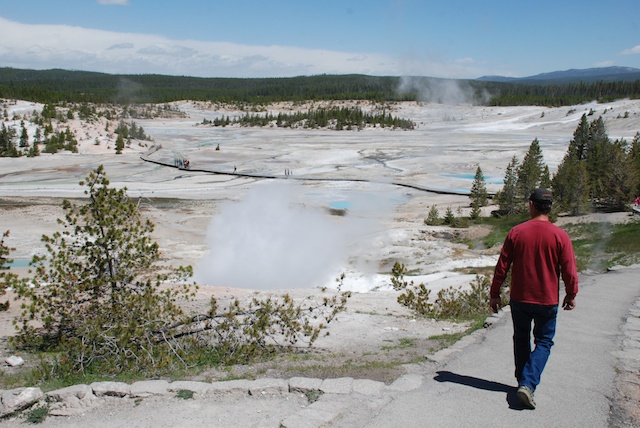

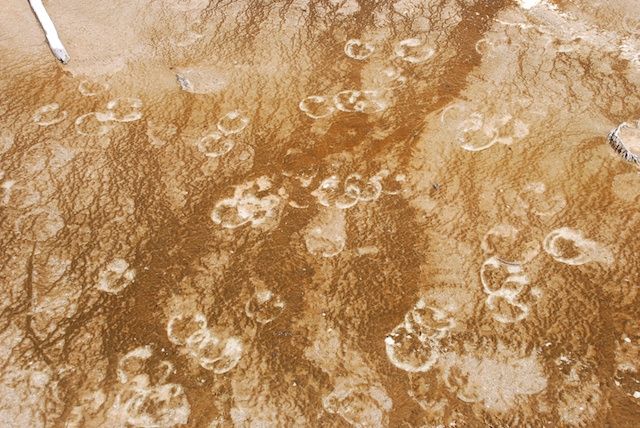
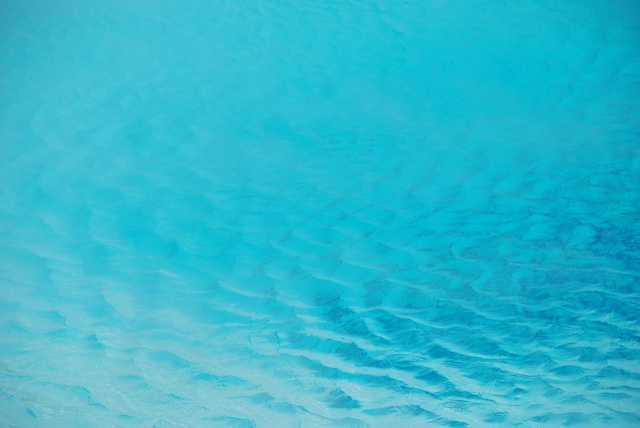
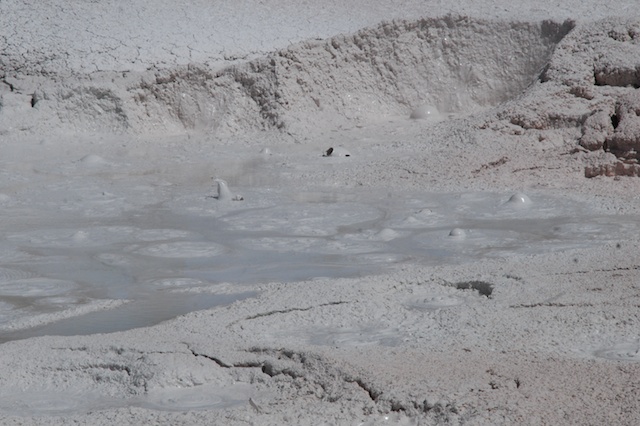
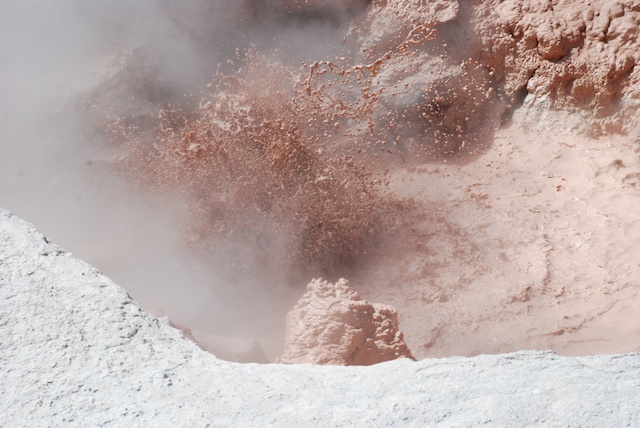
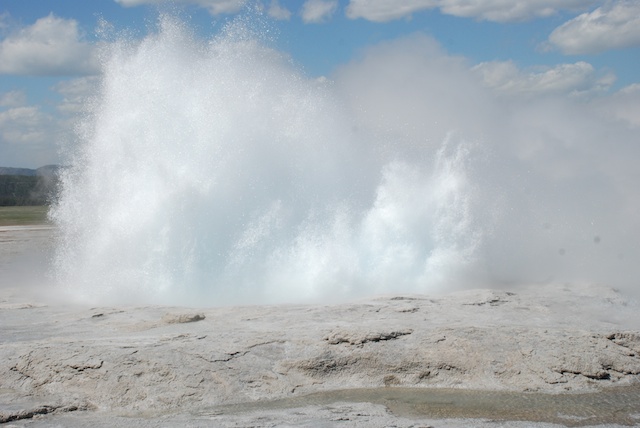
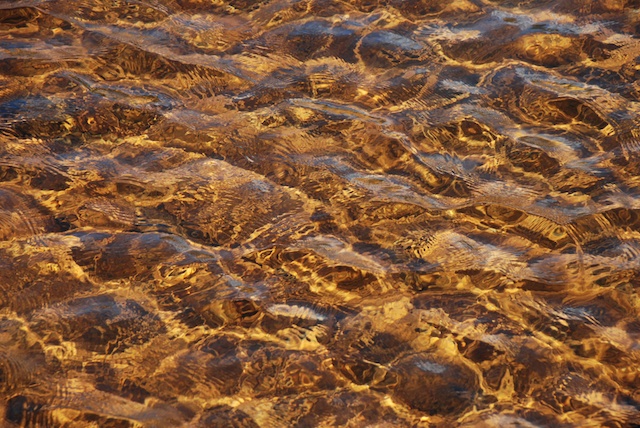
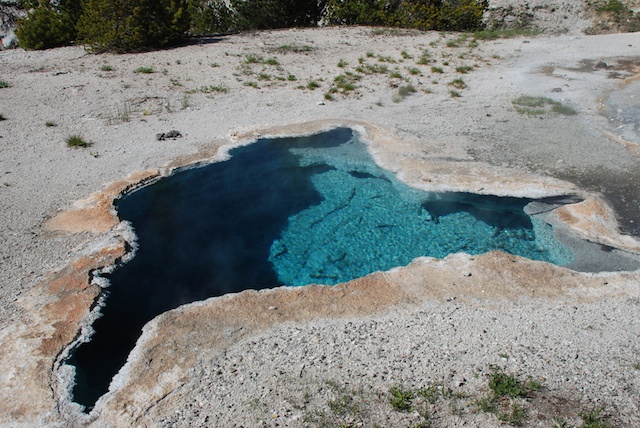

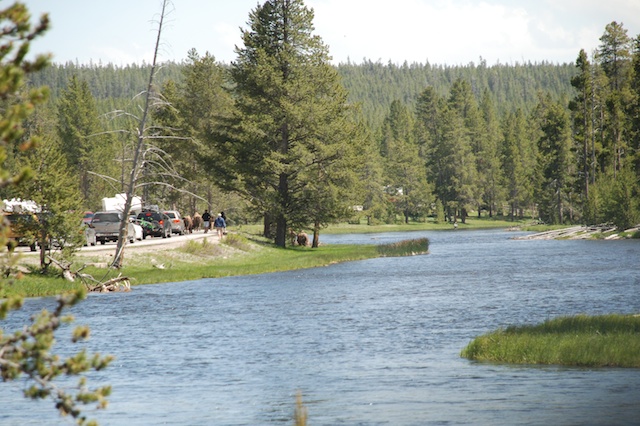


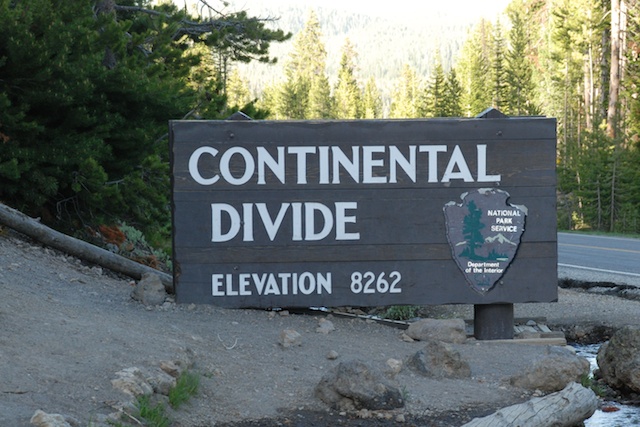

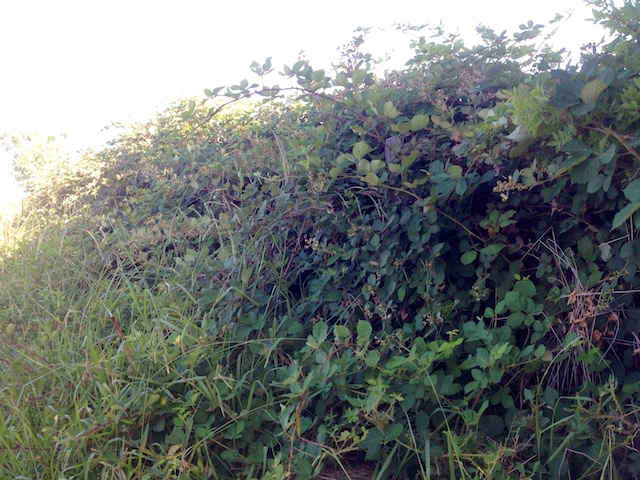

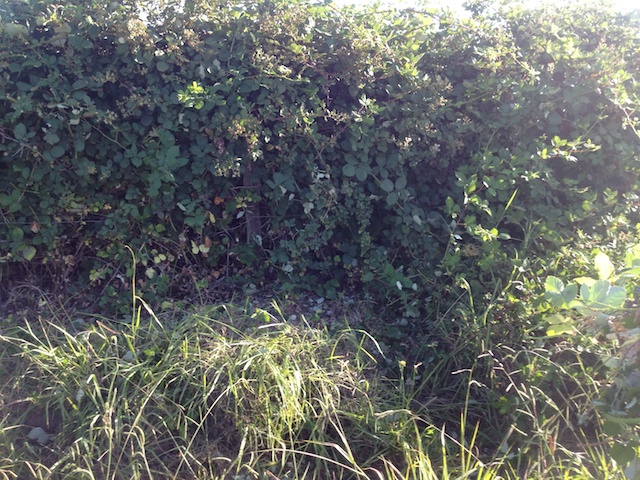

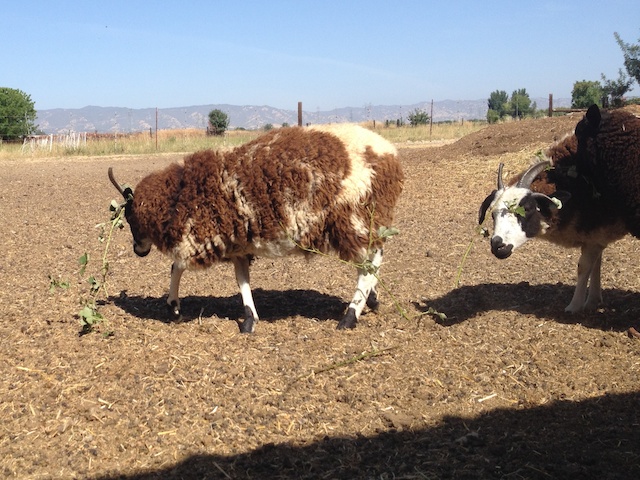 However I'm not happy that the branches get stuck in their wool.
However I'm not happy that the branches get stuck in their wool.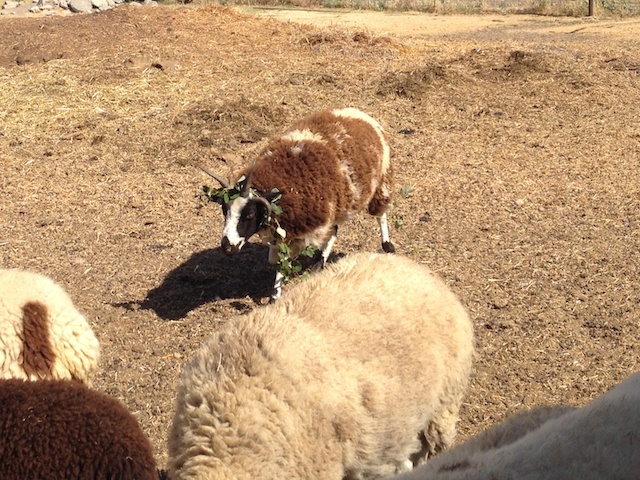
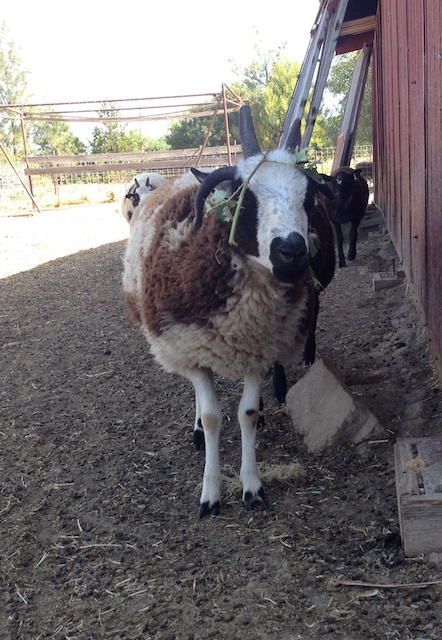
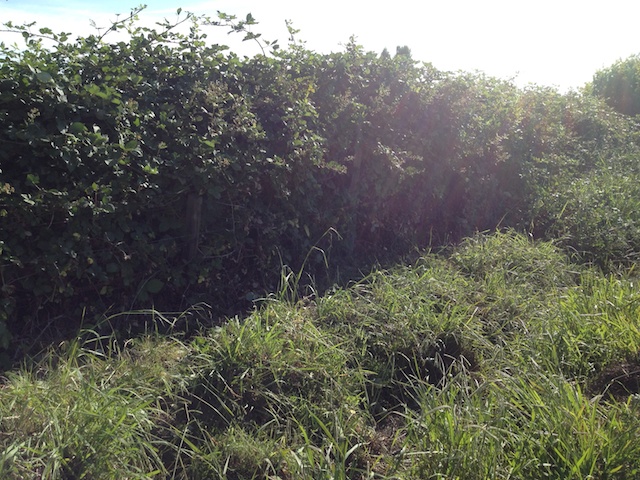


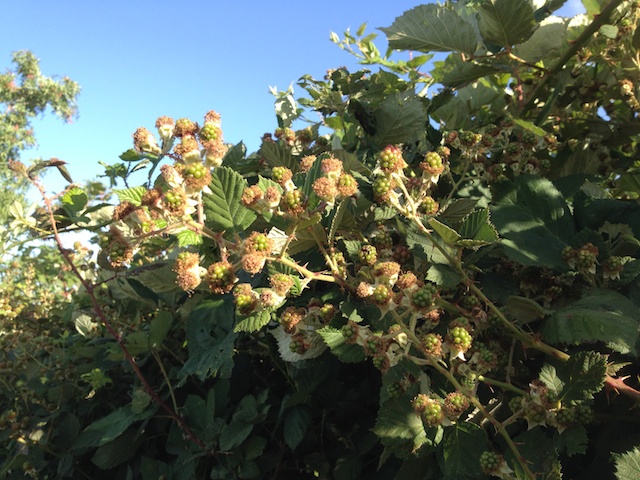 There are plenty of these still on what is left and they will be easier to get to. With my luck though they will all ripen just about the time that I go to Texas for the birth of my granddaughter.
By the way, you'd think that I'd come up with another solution to this problem. See
There are plenty of these still on what is left and they will be easier to get to. With my luck though they will all ripen just about the time that I go to Texas for the birth of my granddaughter.
By the way, you'd think that I'd come up with another solution to this problem. See 
 This is a view to the east looking from the museum.
This is a view to the east looking from the museum. 





 There was a room devoted to wildlife art by Charles Russell and I took a few photos there before reading the sign that you weren't supposed to photograph any the Russell work.
There was a room devoted to wildlife art by Charles Russell and I took a few photos there before reading the sign that you weren't supposed to photograph any the Russell work.
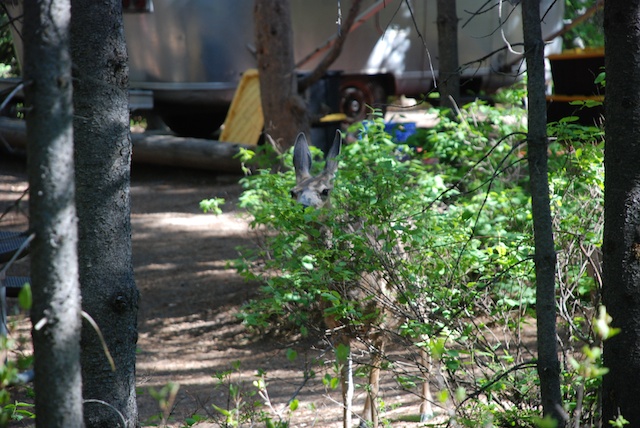
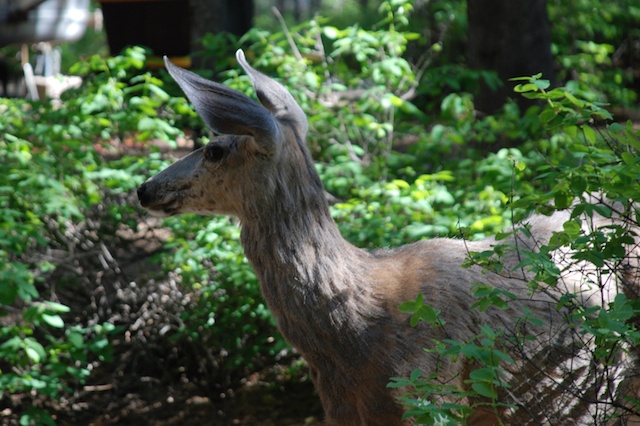
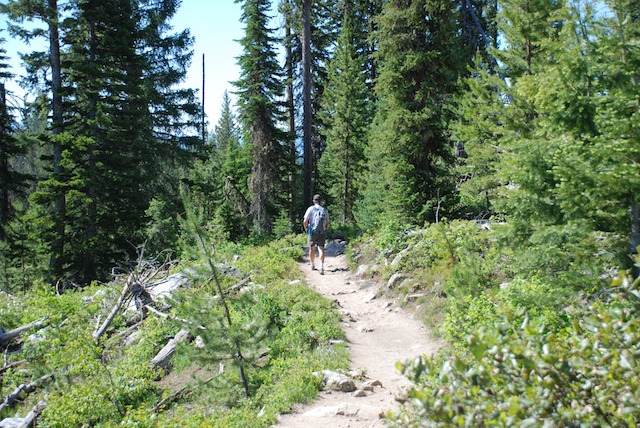
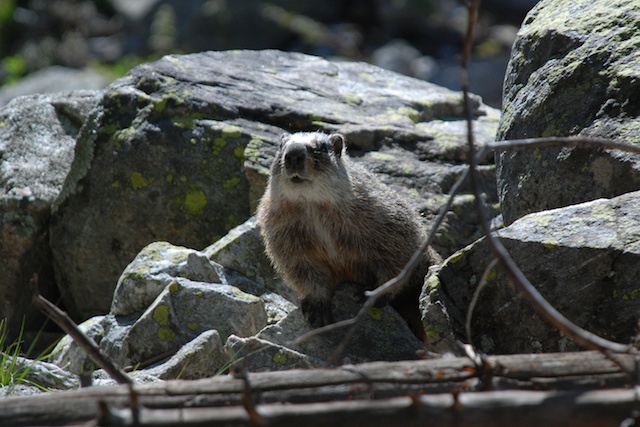

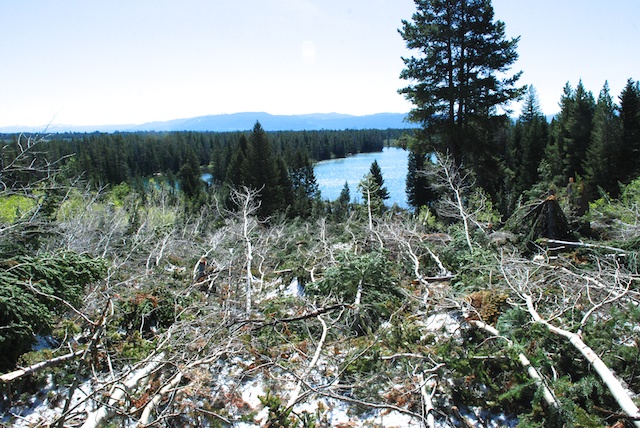
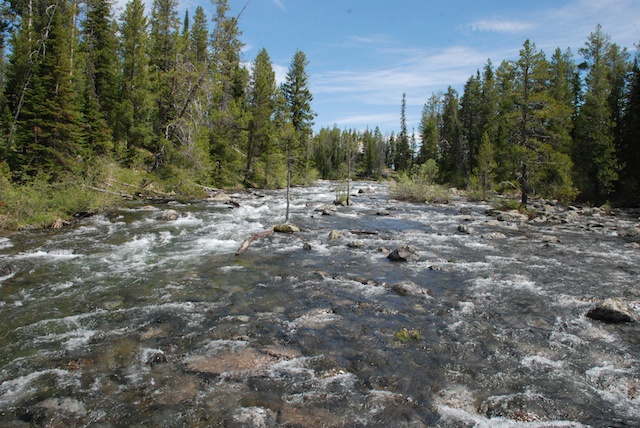
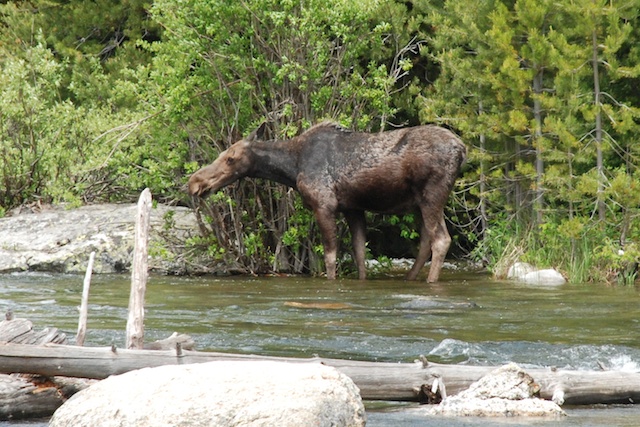
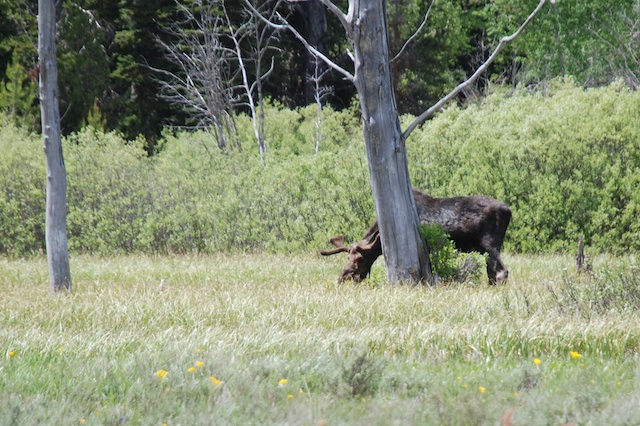
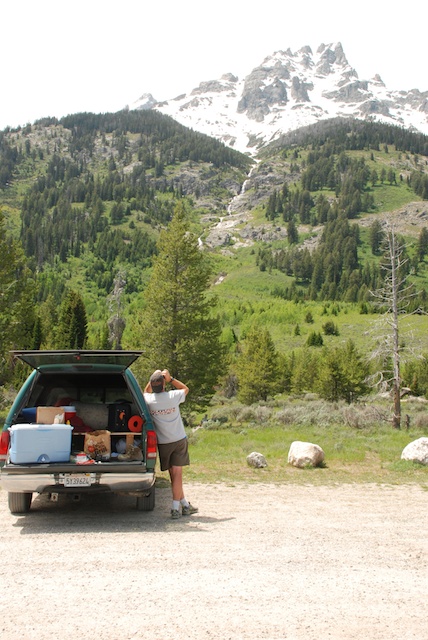



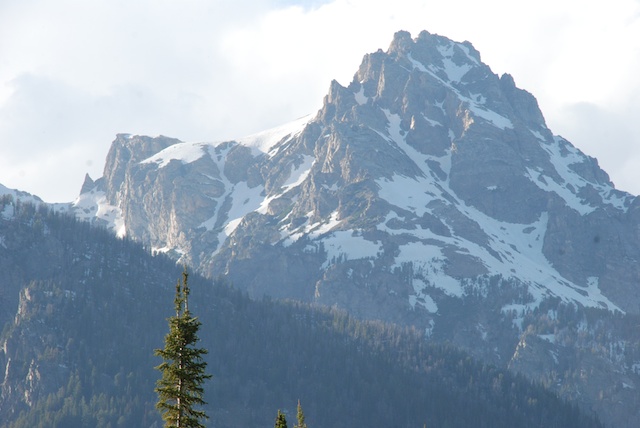


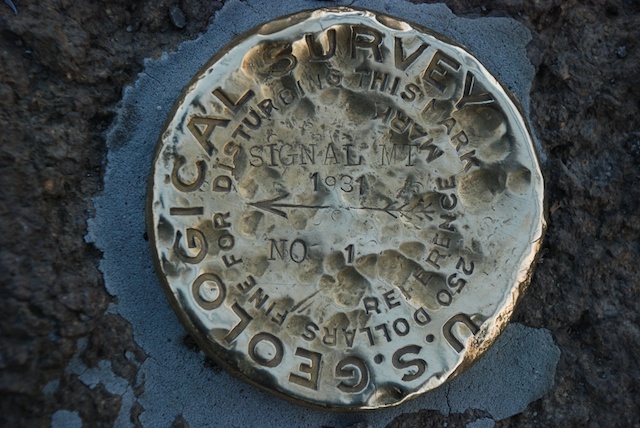
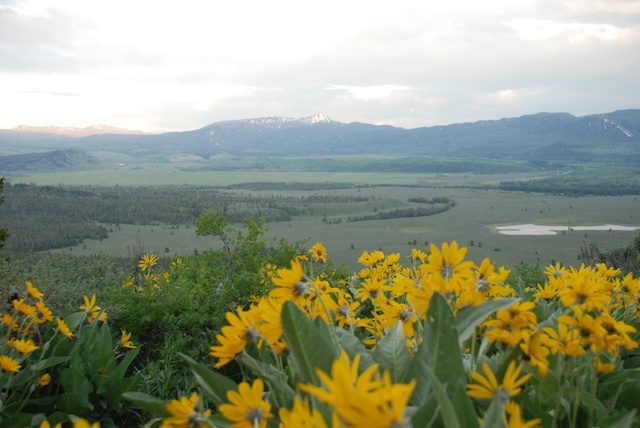 Late evening view from Signal Mountain.
Late evening view from Signal Mountain.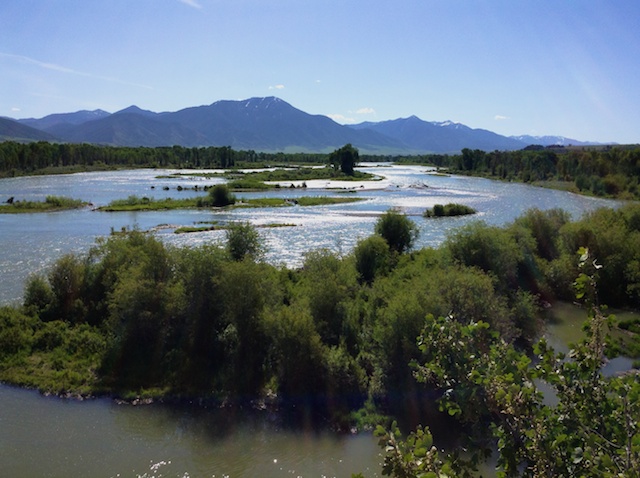
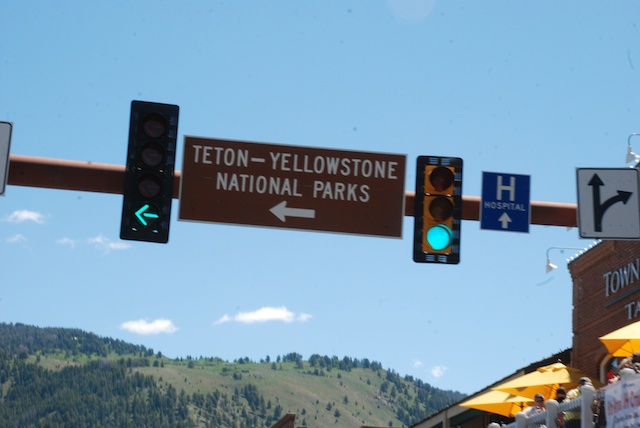
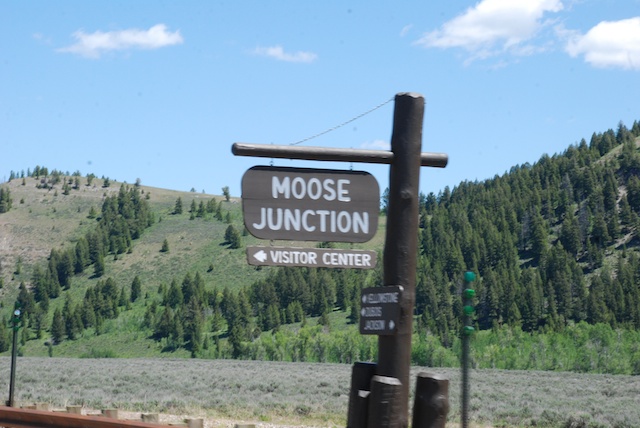
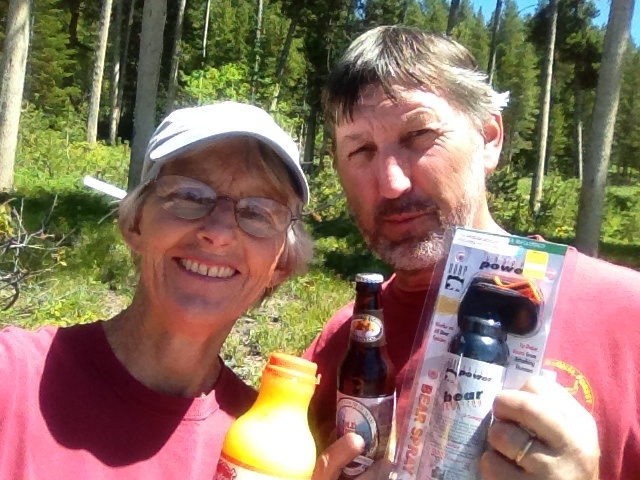
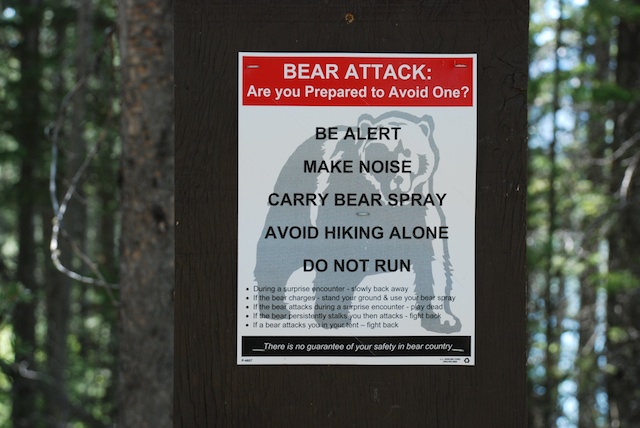
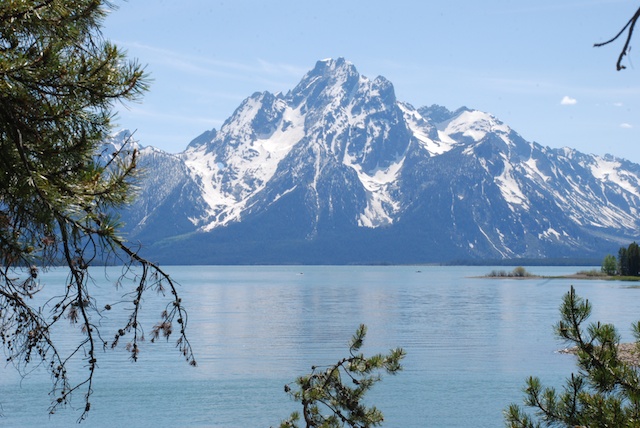
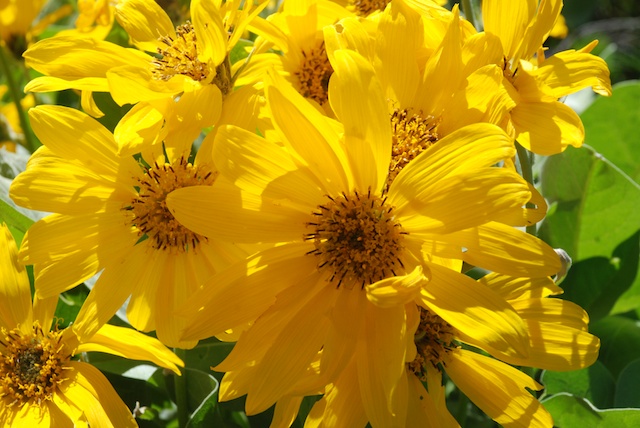
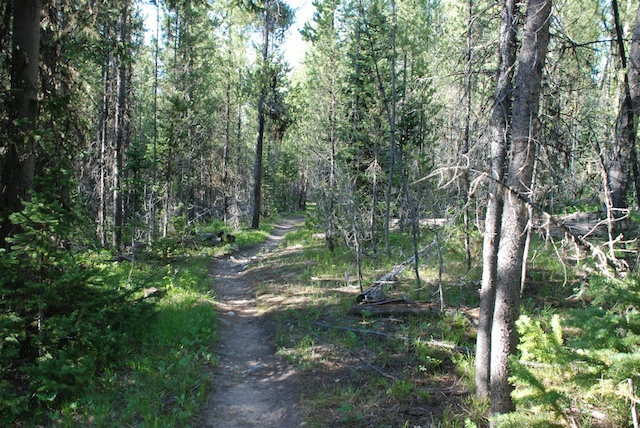

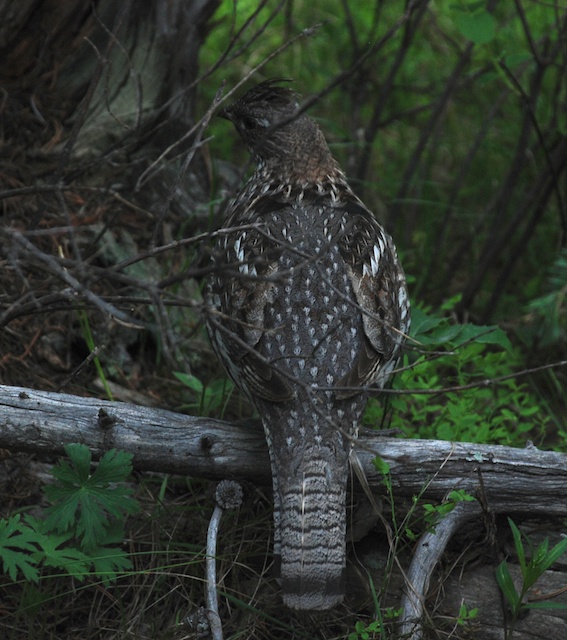
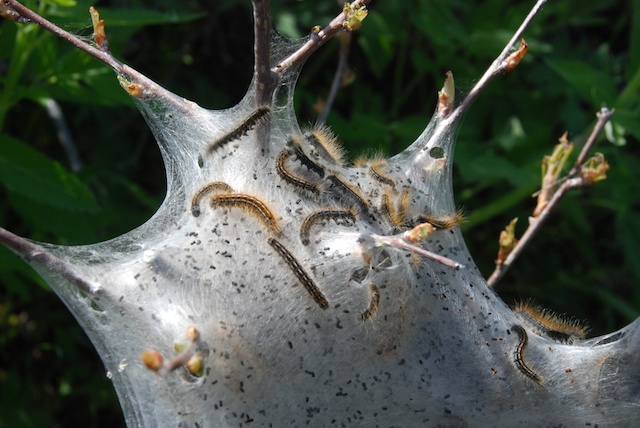
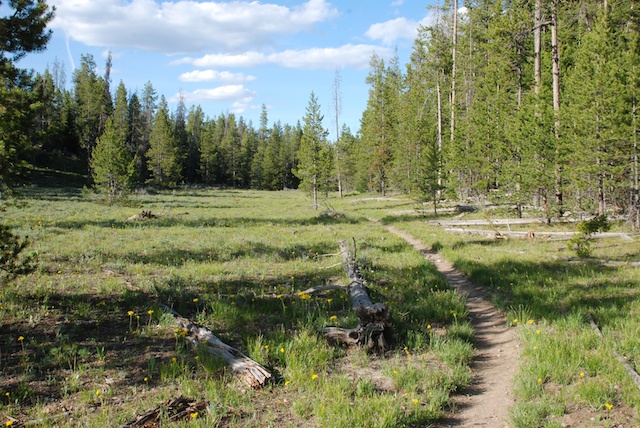
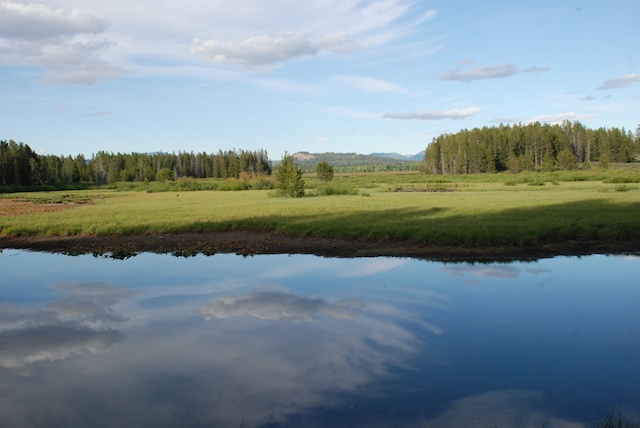

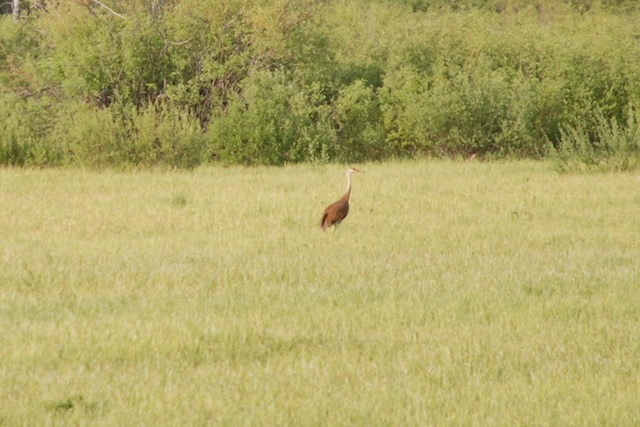
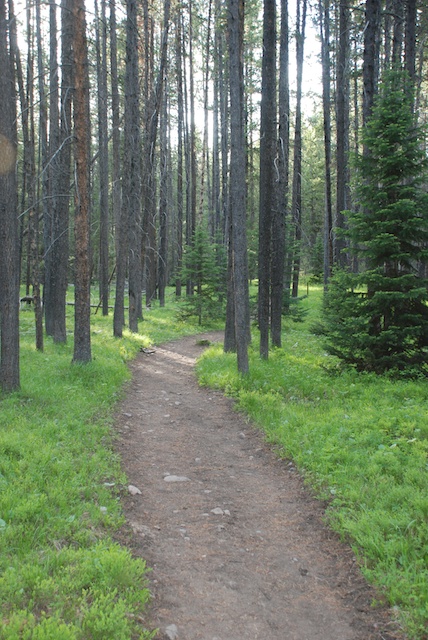
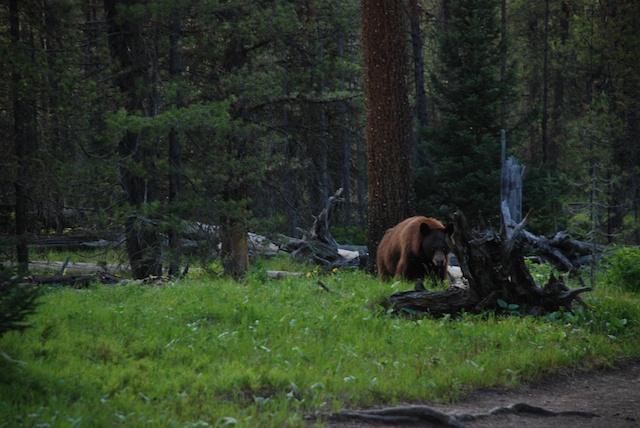
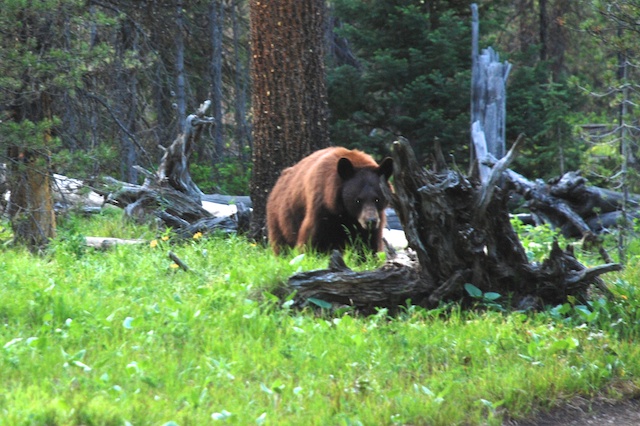







 This is the view from the top of Inferno Cone. The Visitor's Center is just right of center. Notice the plume of smoke on the horizon at the left. That continued to grow and drift across the whole landscape through the afternoon.
This is the view from the top of Inferno Cone. The Visitor's Center is just right of center. Notice the plume of smoke on the horizon at the left. That continued to grow and drift across the whole landscape through the afternoon.








 At dusk we found an almost empty campground along the Snake River. After a meal of beans and popcorn we went to bed. No moths. No wind. Perfect.
At dusk we found an almost empty campground along the Snake River. After a meal of beans and popcorn we went to bed. No moths. No wind. Perfect.









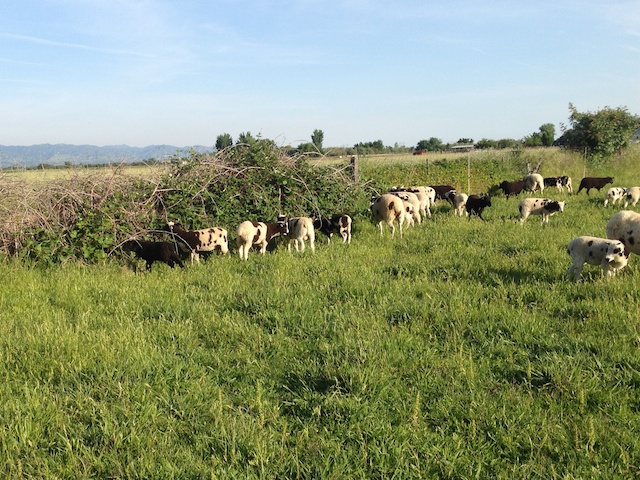
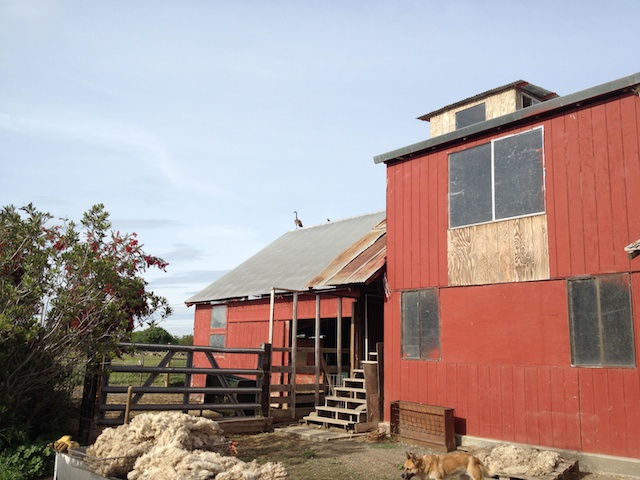
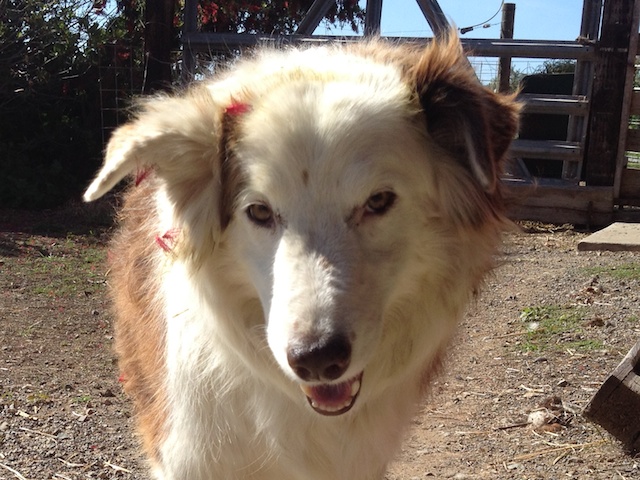 …which makes it clear where Rusty was hiding out.
…which makes it clear where Rusty was hiding out.

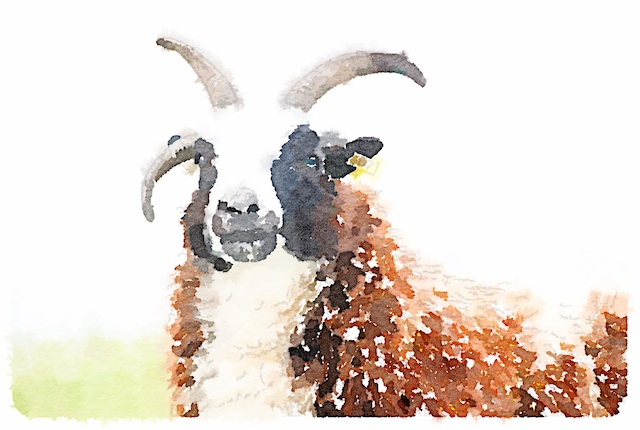
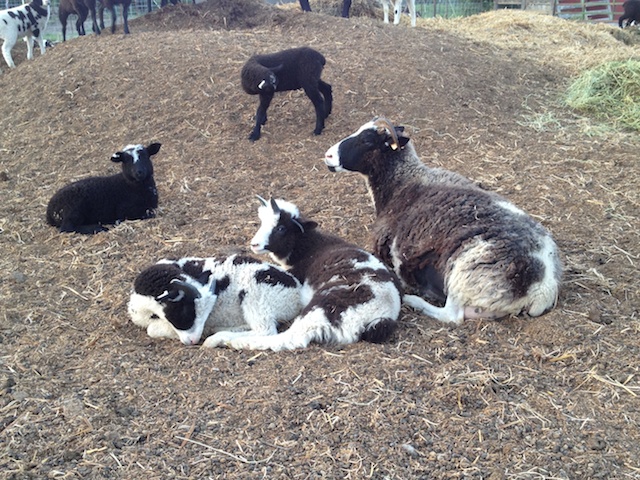
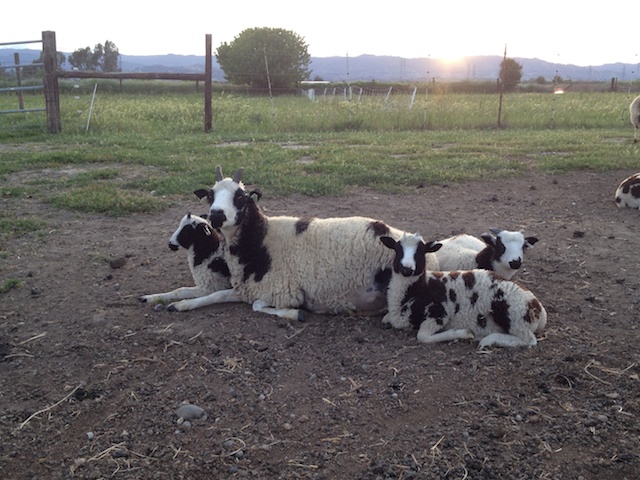
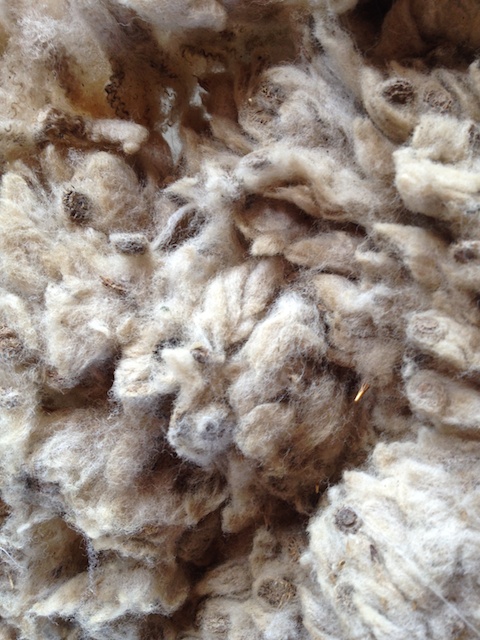
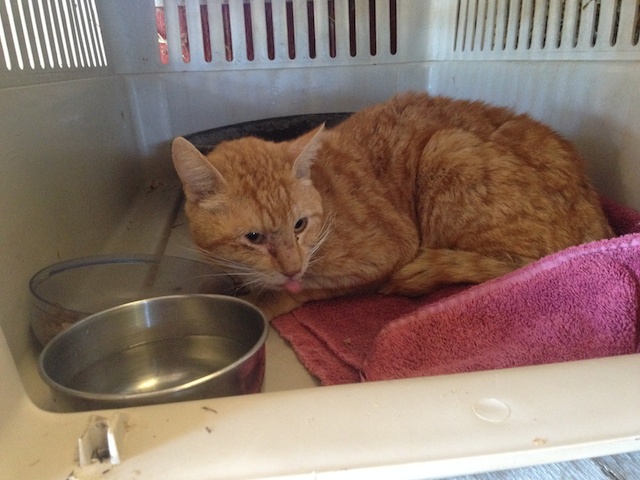
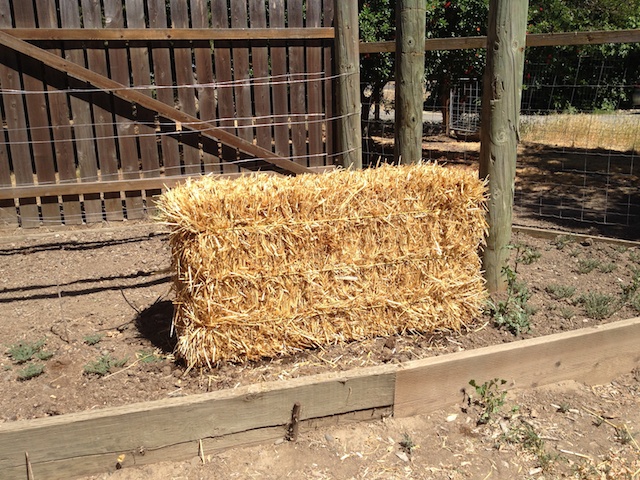



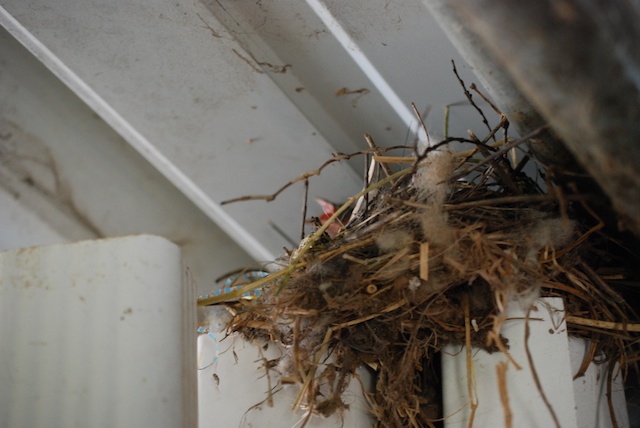
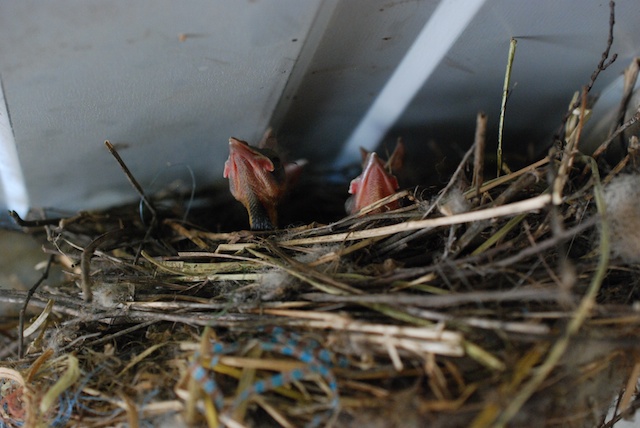

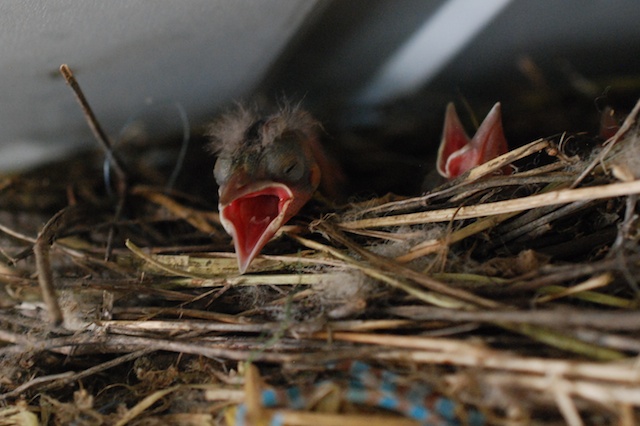
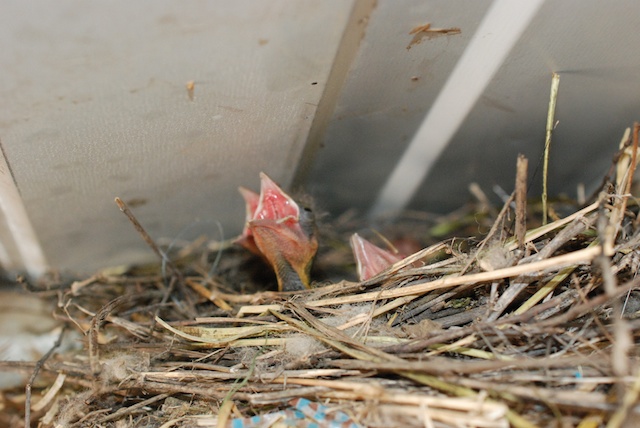


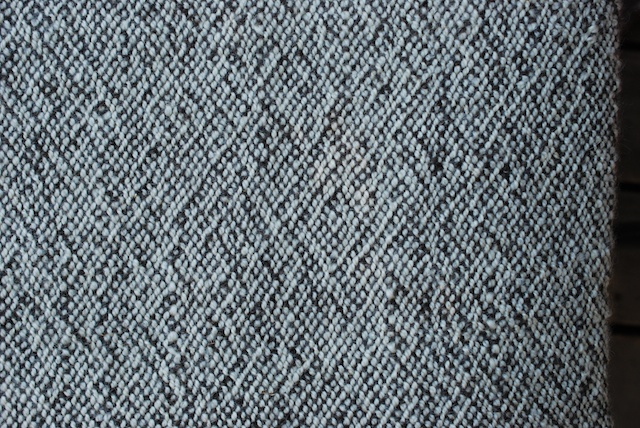
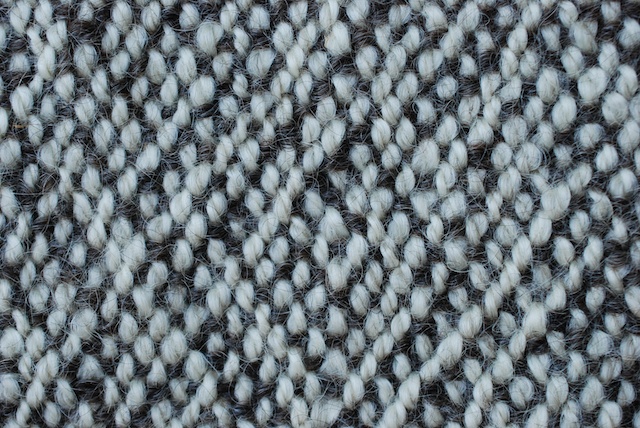
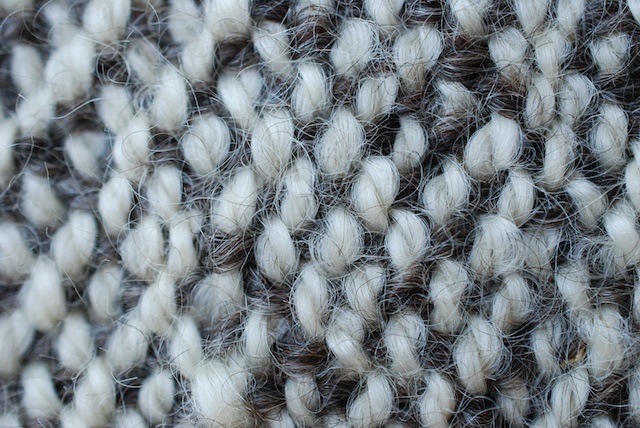



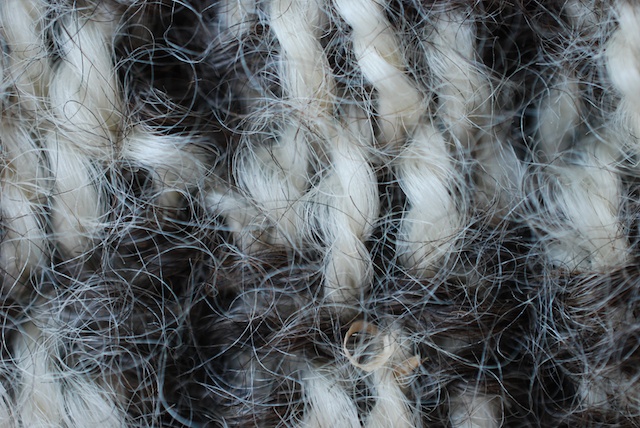
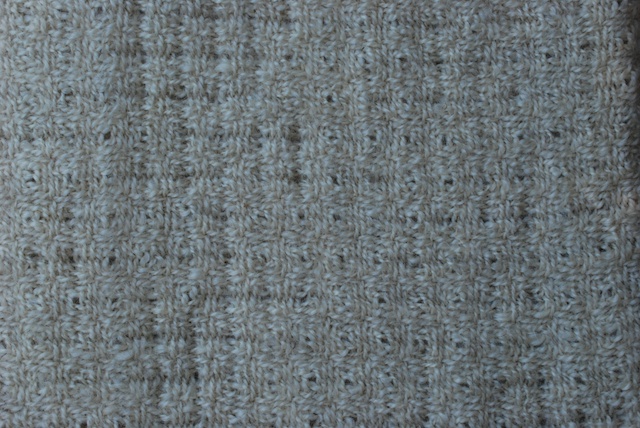
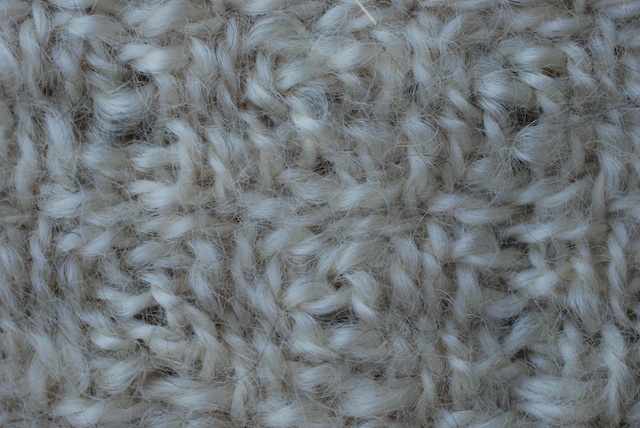
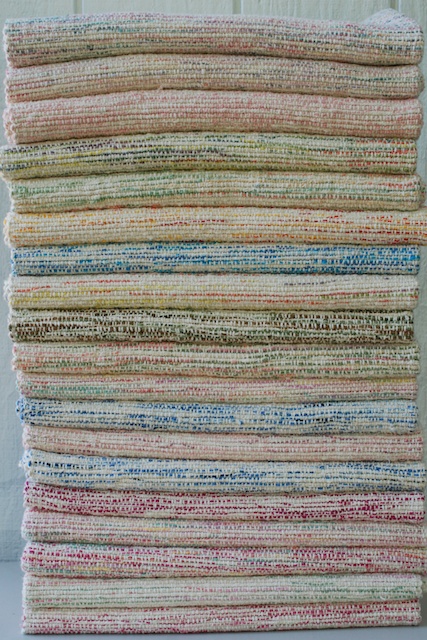

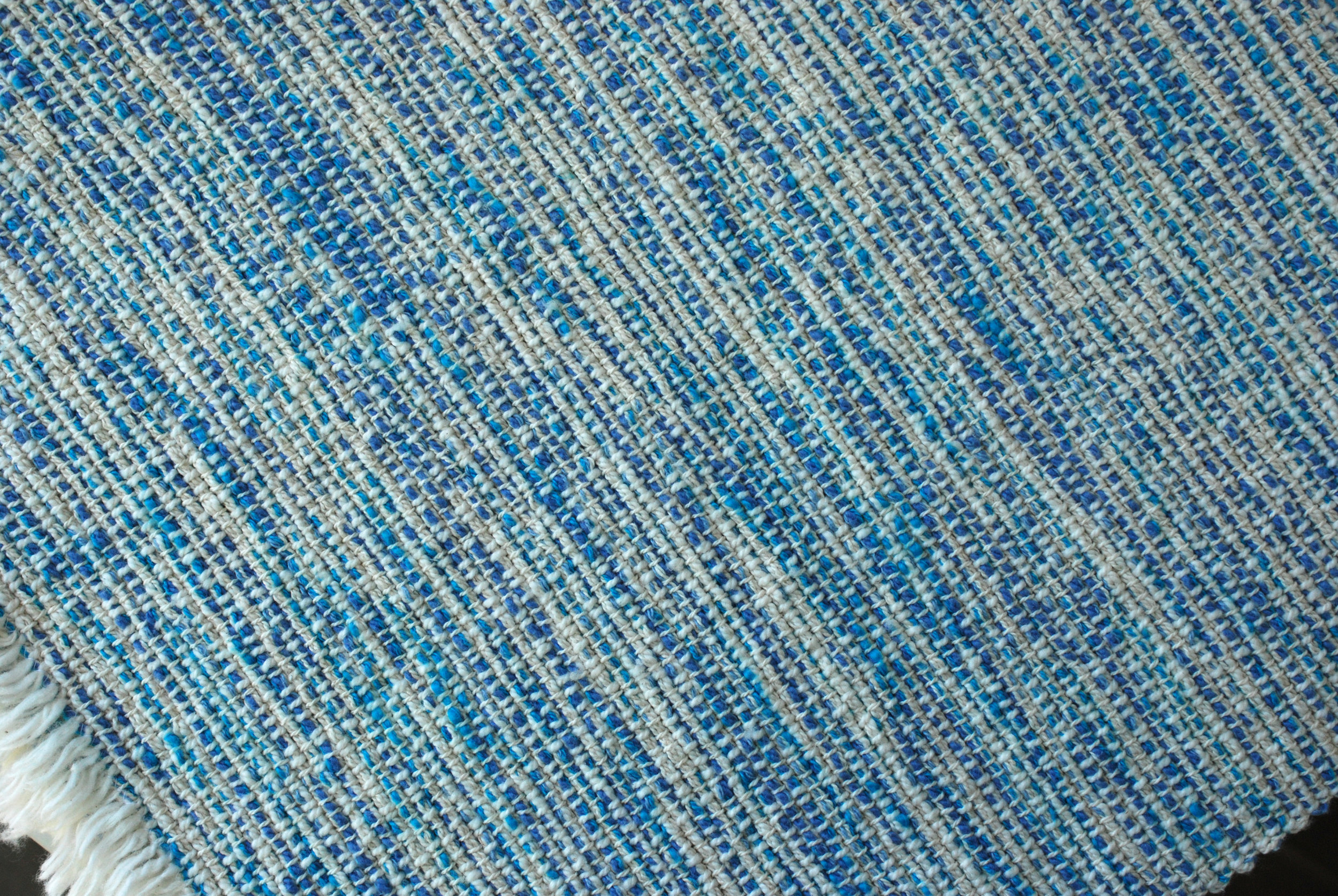
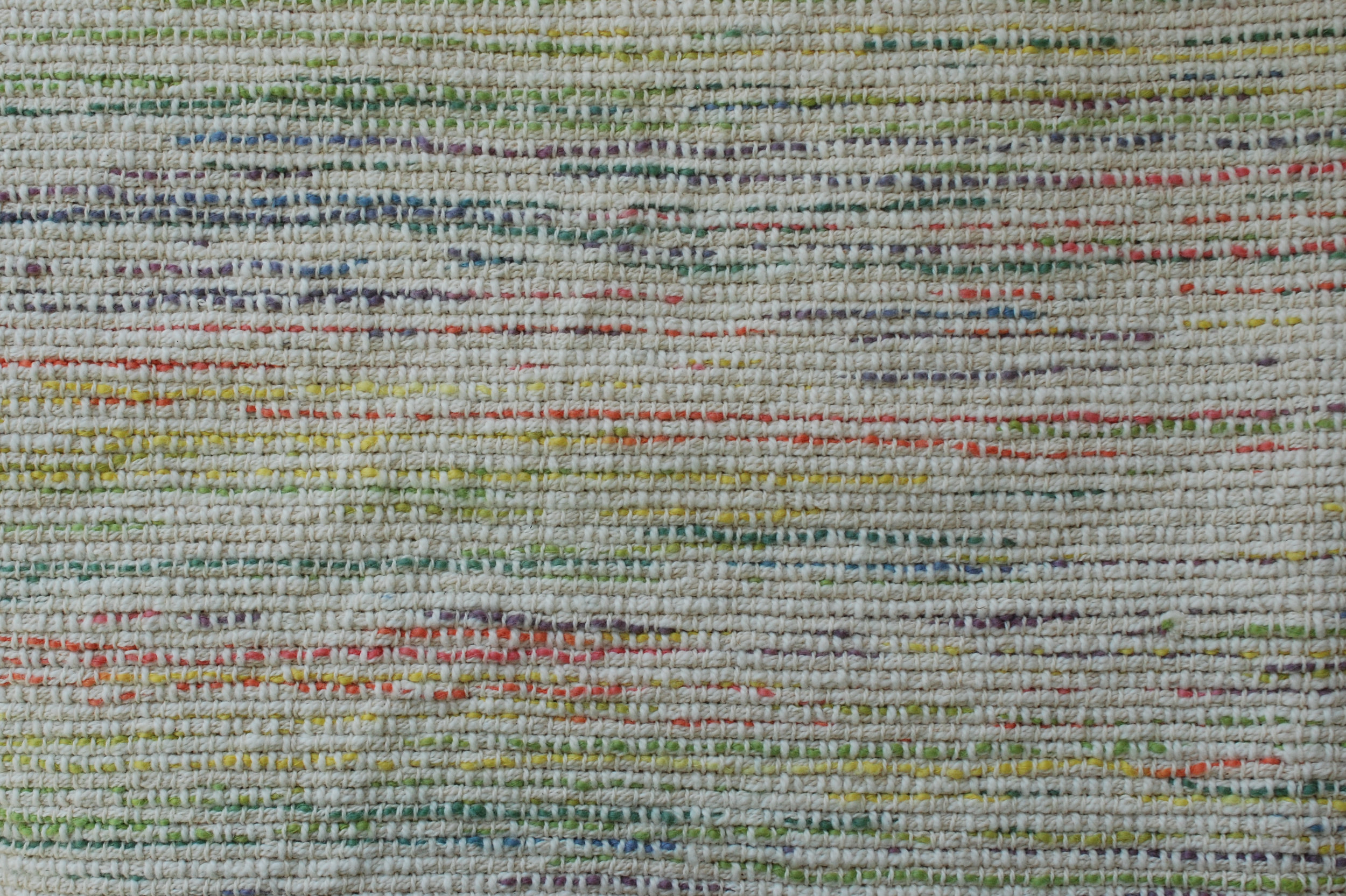

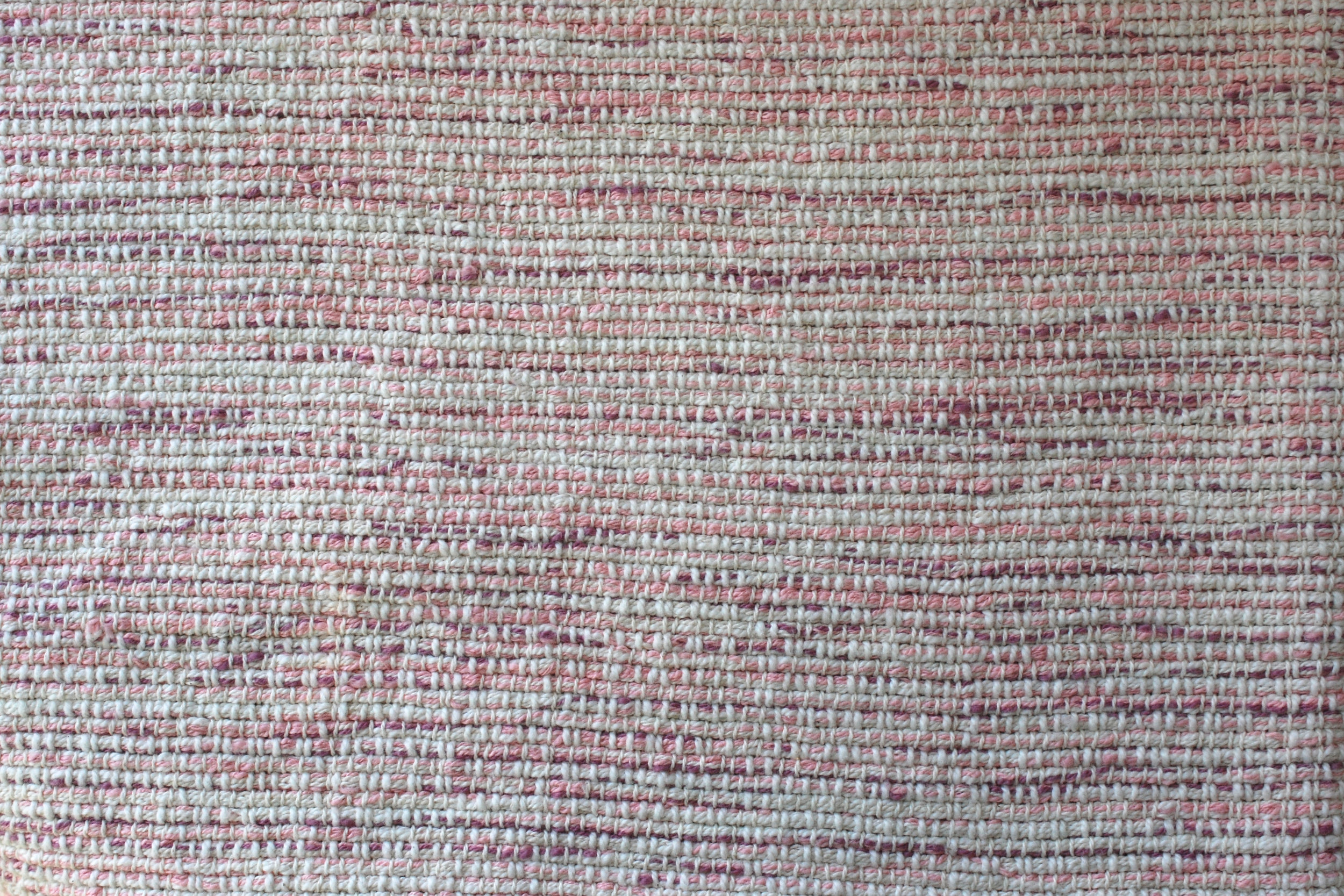
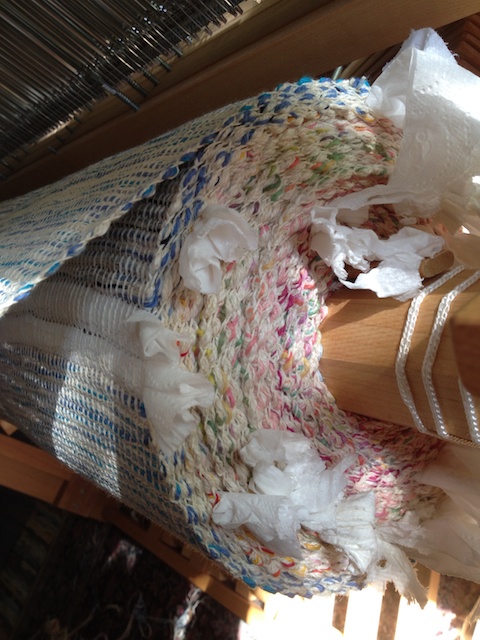
 And here is the floor behind the loom.
And here is the floor behind the loom.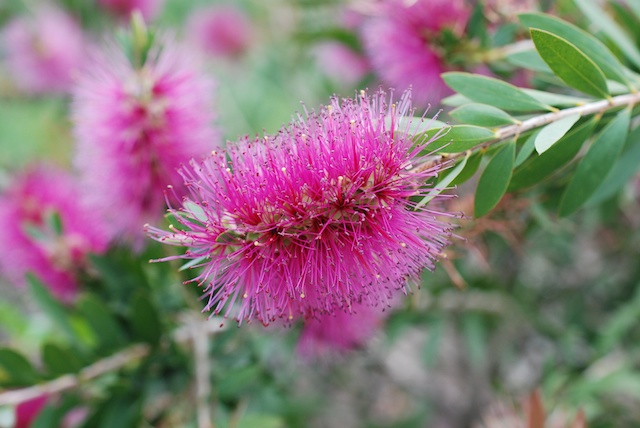

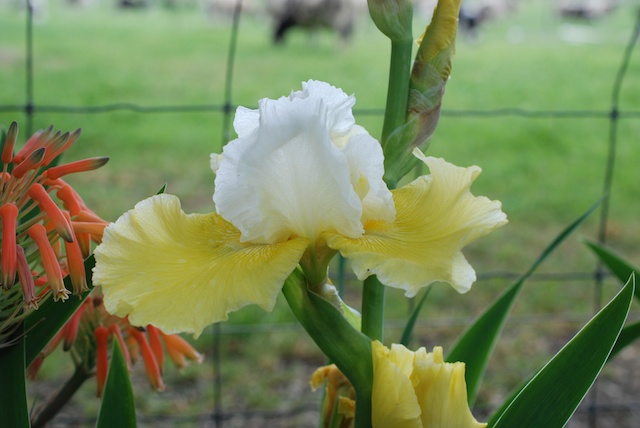

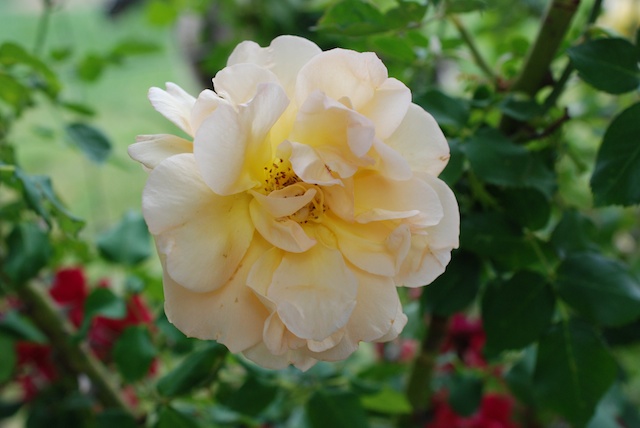
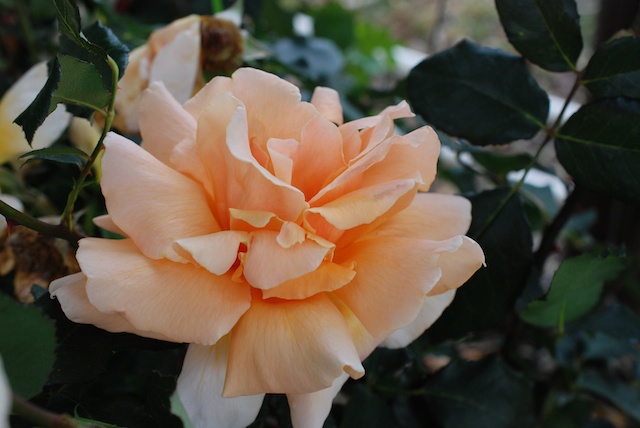
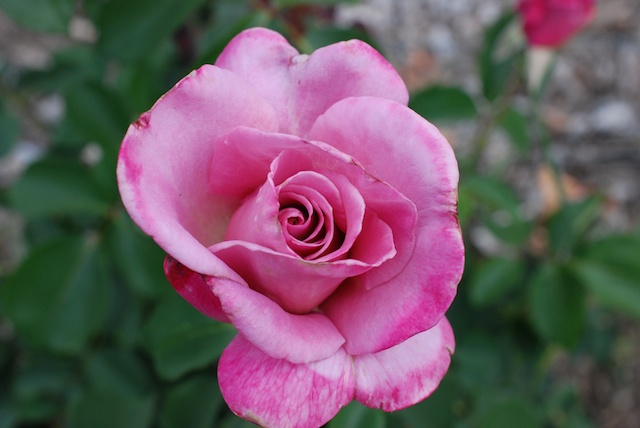
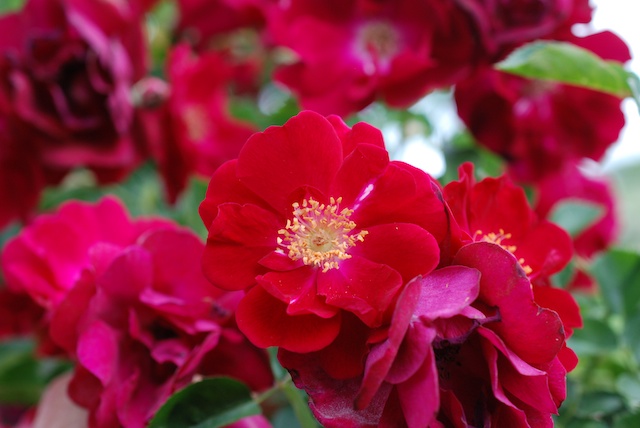

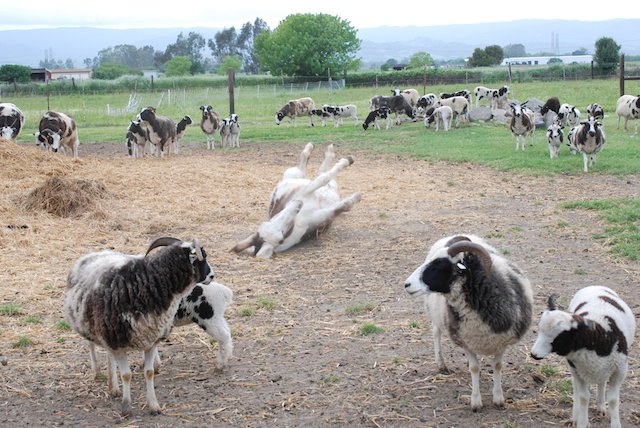 Amaryllis (not a flower).
Amaryllis (not a flower).
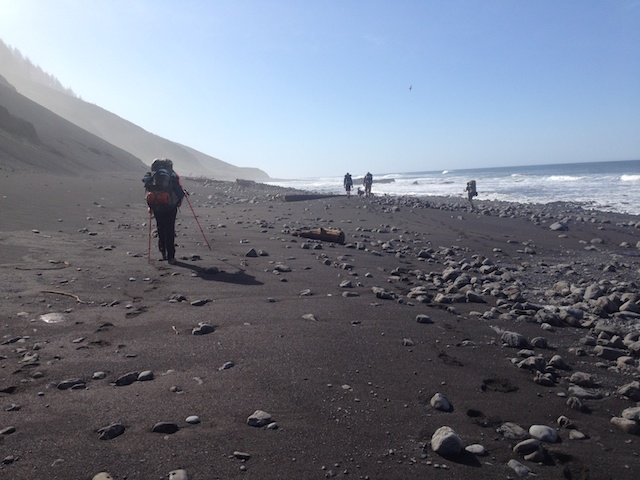



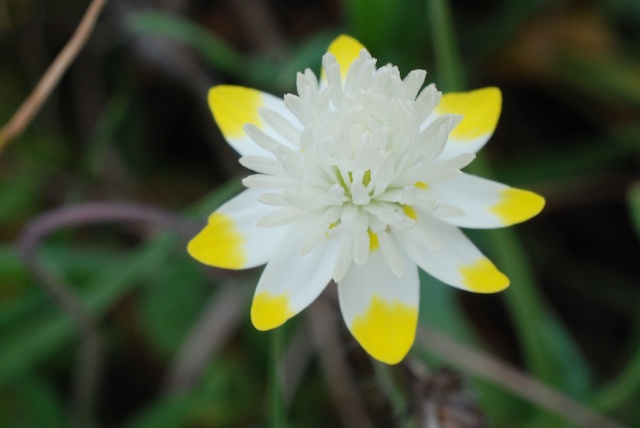

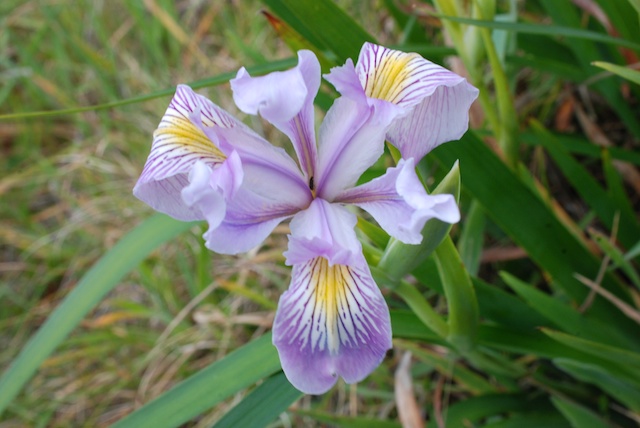
 As I've said in
As I've said in 
